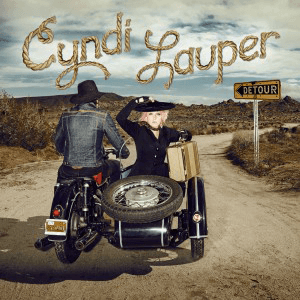SEYMOUR STEIN
These notes were written by Seymour Stein for the 4 CD box set "Just Say Sire", released in 2006 to commemorate Sire's 40th anniversary, and updated on the occasion of Sire’s 50th anniversary.
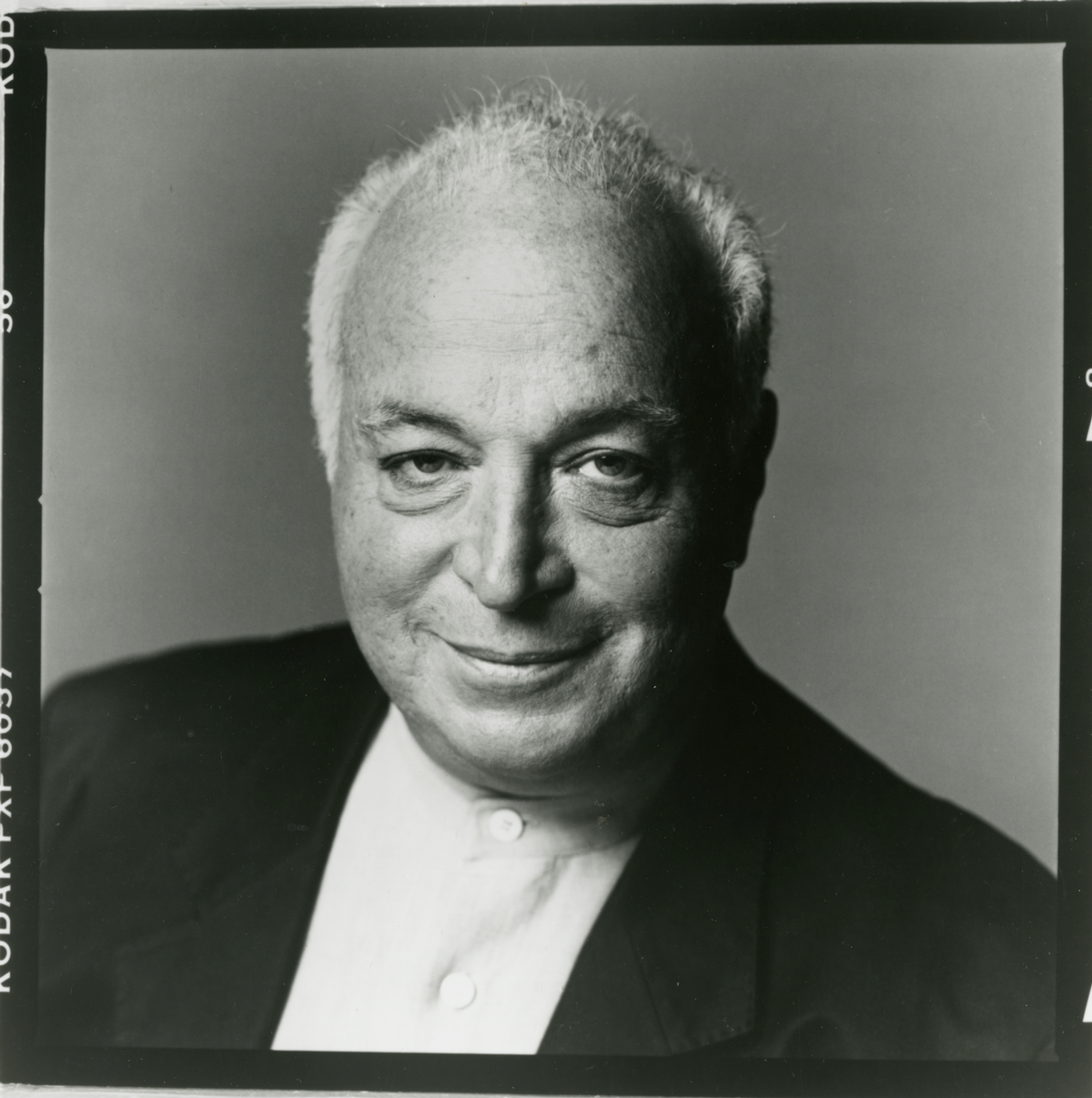
The Yin and Yang of It: Coming Full Circle With Sire
This year I celebrate 60 years in the music business—the last 49 at Sire Records, a company I started with Richard Gottehrer in 1966. My story begins in 1955, when, at 13 and totally obsessed with rock ’n’ roll, I decided on a career in music without even knowing what the music business was all about. I had seen several copies of Billboard and Cash Box in record stores, read them cover-to-cover over and over, and decided that studying these trade papers, going back as far as I could, would give me an education and prepare me for whatever lay ahead.
At Billboard, Pop Chart Editor Tom Noonan opened the doors of the Billboard vault and granted me access to the bound volumes going back to the late 1930s. There began two years of work: taking the subway after school each day; reading the stories about such legendary figures of the era as Jack Capp and his brother Dave, Manny Sacks, Goddard Lieberson, Johnny Mercer, and many others; and also writing down, by hand, nearly 20 years of charts and studying them.
More importantly, sitting there working away, I was fortunate to cross paths with Paul Ackerman, Billboard’s legendary music editor, who became my first great mentor. He taught me so much and instilled in me a great love for rhythm & blues and country music. As time went by, Paul would occasionally send me out to cover some live shows, like the Alan Freed Christmas and Easter galas at the Paramount or Fox theaters in Brooklyn, or R&B shows at the Hunts Point Palace in the Bronx, the Audubon Ballroom, and the famed Apollo Theater.
Paul Ackerman also invited me to attend, whenever possible, the singles review sessions on Wednesday night. Back then it was totally a singles business, and a favorable review in Billboard could result in the sale of 50,000 records right off the bat from the music operators who supplied jukeboxes with records.
One night Paul was particularly insistent that I attend the review session, the highlight of which was the anticipated presence of Sydney Nathan, one of the R&B indie-label pioneers and founder of Cincinnati’s King Records. In addition to artists like James Brown, Hank Ballard, and Little Willie John, King had an equally strong country roster that included Cowboy Copas, the Stanley Brothers, Moon Mullican, and Grandpa Jones. That night was one of the most memorable in my life. Syd Nathan saw something in me, took me under his wing, and became my second and most important mentor.

By the age of 15 I was working part-time for Billboard, until graduating high school in 1959. Then, after an aborted eight-week try at college, where I hoped to major in journalism, I returned to the magazine full-time. During my tenure there, Tom Noonan and I expanded and modernized the scope of the music charts by devising the Hot 100 Singles chart. In the summers of 1957 and 1958, I spent July and August in Cincinnati, working closely with Syd Nathan and his staff.
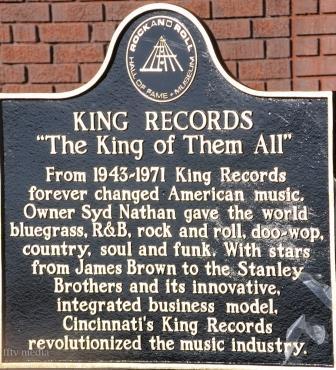
I left Billboard at the end of 1961 and moved to Cincinnati, where I worked for King Records for two years. Those were my formative years. What I learned at Billboard and King was far better than any college education because those experiences prepared me for a life in the record business. I loved working at King but missed the excitement of New York, and, in late 1963, I returned there. Soon after, Alan Freed’s lawyer, Warren Troub, got me together with another music-industry legend, George Goldner, who, with the songwriting/production team of Jerry Leiber and Mike Stoller, was about to launch Red Bird Records. I got the job as George’s assistant.
Goldner was totally different from Syd Nathan, but a great music man nonetheless. His real passion was Latin music, but along the way he had discovered and/or recorded Frankie Lymon & The Teenagers, The Craws, The Cleftones, The Flamingos, The Chantels, and The Dubs. He also started a variety of labels, including Tico, Rama, Red Bird, Gee, Roulette (with Morris Levy), Gone, and End. Red Bird had an unprecedented two-year run of hits with The Shangri-Las, Dixie-Cups, and many others, but dissolved in 1966 due to irresolvable differences between the principals.
That experience left me totally disillusioned but, thankfully, not for long. Richard Gottehrer, songwriter/producer and partner in FGG Productions—responsible for such hits as “My Boyfriend’s Back” by The Angels, “I Want Candy” by The Strangeloves, and “Hang On Sloopy” by The McCoys—approached me about starting a record label with him. Red Bird and FGG were both in the Brill Building, and we had met and become friends riding up and down in the elevator.
Richard and I went to the San Remo Music Festival to check out the international music business in the days just prior to MIDEM. We had suits made at Brioni in Rome and watched the likes of Domenico Modugno, Claudio VIlla, and Gene Pitney. And Sire was born—first as a production company with a deal from Columbia (thanks to Tom Noonan), and two years later as a full-fledged label with distribution by London Records, the American wing of Decca Records U.K. Ltd.
The name Sire is an amalgam of the first two letters in the names Seymour and Richard. I particularly liked the name because I felt it paid homage to King Records, where I had learned so much. Our first logo was pulled out of a book and resembled a gothic lion that might have been off a bottle of beer. Richard and I later came up with the logo, a variation of the classic yin-yang, that has served Sire so well for many years. Our inspiration came from the fact that we were both on macrobiotic diets at the time.
The first several years were rocky indeed and saw the label move through a succession of various distributors. During these early days we had a few hit acts, most notably the Dutch band Focus, as well as English bands Renaissance, Barclay James Harvest, and the Climax Blues Band.

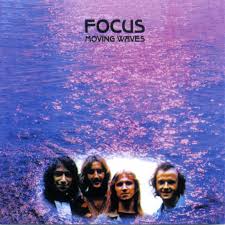
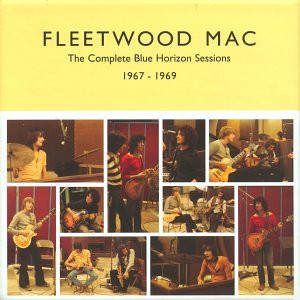
It was rough sledding the first eight or nine years, and Sire might’ve gone under were it not for our association with Blue Horizon Records in the U.K., a company founded by producer Mike Vernon and his brother Richard. Blue Horizon helped launch the British blues craze of the late 1960s with Peter Green’s original Fleetwood Mac, Chicken Shack (featuring Christine Perfect, later McVie), and Duster Bennett, the one-man blues band. Somewhere around 1974 Richard left the company to return full-time to writing and producing.
From 1976, when Sire first teamed up with Warner Bros., through the mid-1990s, when I left that company to become President of Elektra Records, Sire had its most prolific period to date. It was a very happy time for me. I was surrounded by a great staff who were also great friends—Maxine Conroy, Shirley Divers, Geraldine Oakley, Sandy Alouete, Karen Rooney, Howie Klein, Suzanne Emil, Kenny Kushnick, Jean Michele Coletti, Michael Rosenblatt, Risa Morley, Joe McEwen, Ron Maida, Rodney Richardson, and Larry DeMellier, just to name a few.
And there are great stories attached to so many of our signings.
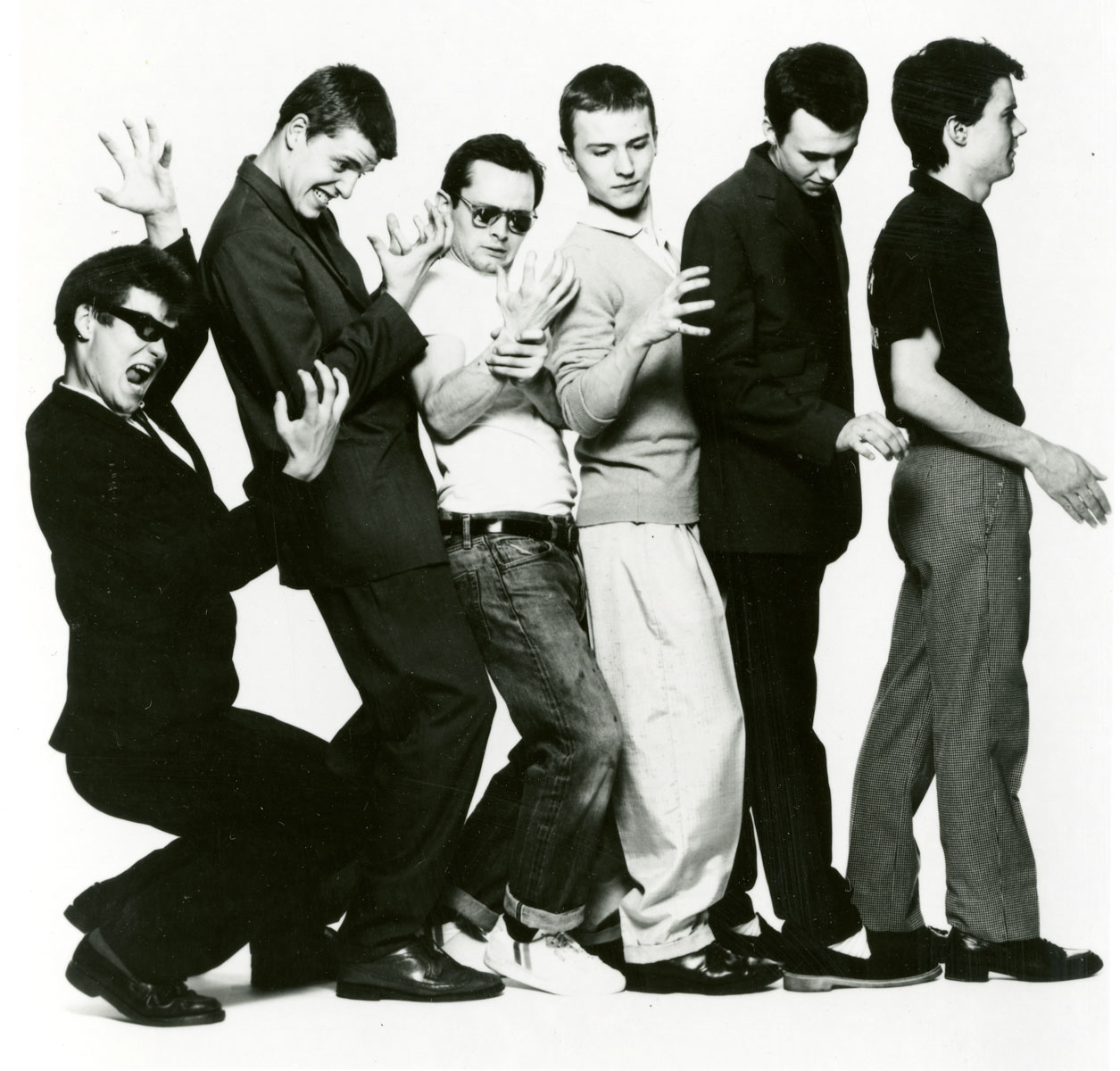
Take Madness, for instance. Rob Dickins, who was then running Warner Music Publishing in London, and I teamed up to sign this great 2 Tone band to a record and publishing deal. We took them for lunch at this Chinese restaurant, Poons, in Covent Garden. We ordered so much food and wine and got so drunk we were literally dancing on tables. Suggsy said, “We’re going to sign with you because the other company that’s after us keeps taking us to these vegetarian Indian restaurants where there’s nothing for us to eat!” He was referring to Carol Wilson, a solid A&R person at Virgin who had signed Sting’s publishing, among other things, but who was a dedicated vegan at the time.
The Paley Brothers were Sire’s one attempt at having a boy band. They had the looks and the talent. They are perhaps best known for their recording of “Come On Let’s Go” with the Ramones, which appeared in Rock ‘N’ Roll High School. Andy later became a staff producer for Sire, working with such artists as Brian Wilson and Jerry Lee Lewis.
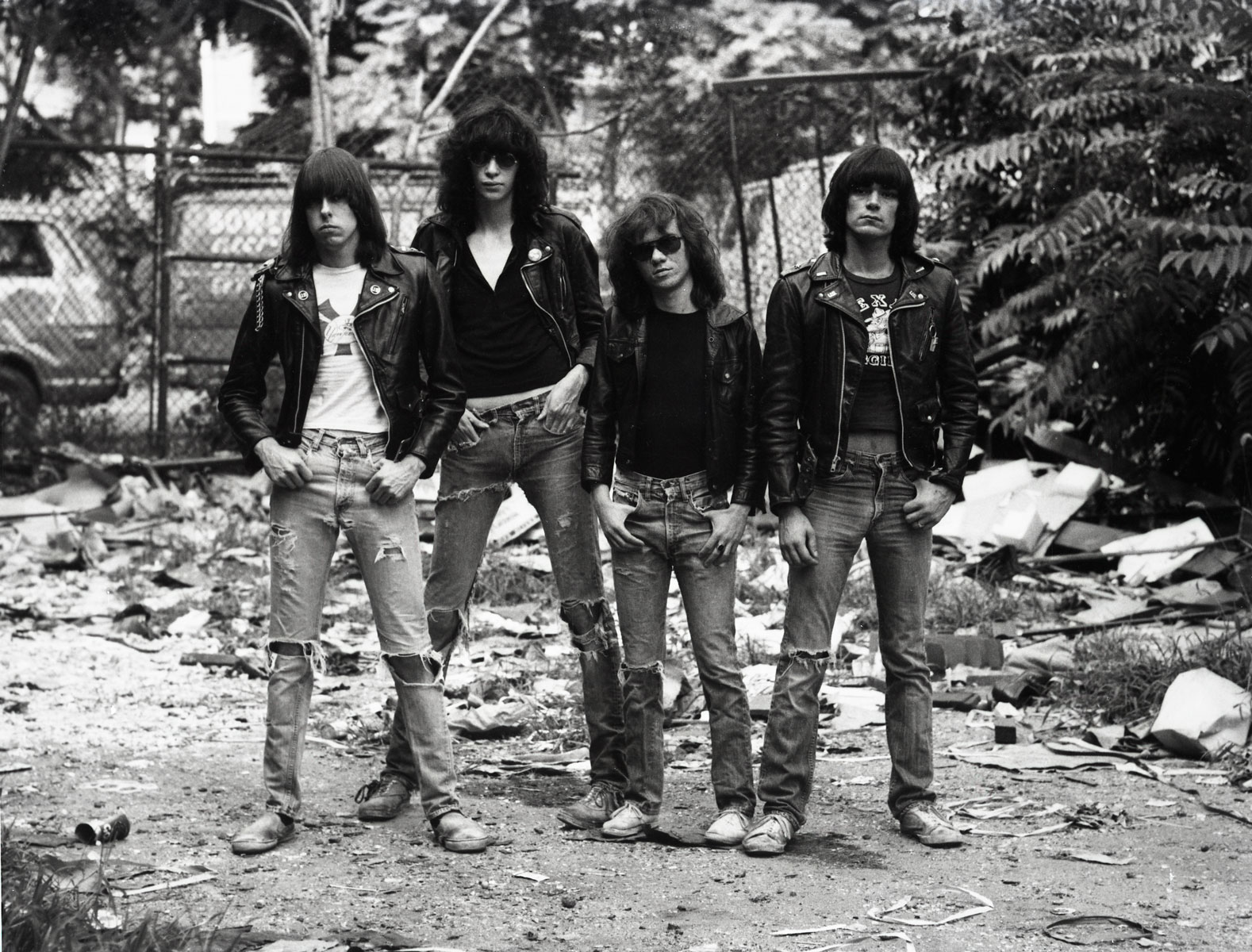
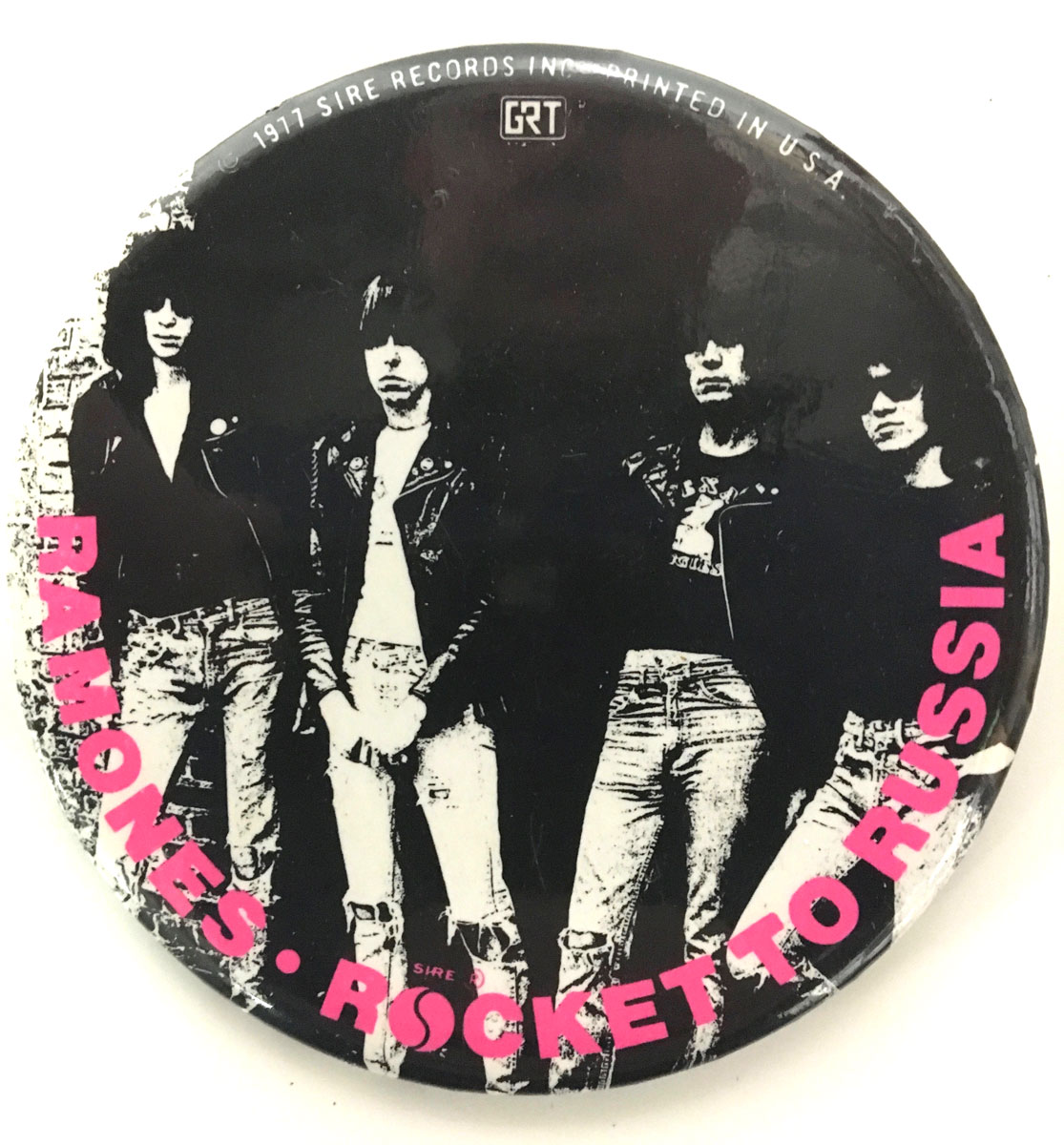
I was tipped off to the Ramones by such respected music mavens as Danny Fields and Lisa Robinson, but it was my ex-wife, Linda, who got to see them first, as I was very ill. She came back with such a glowing report that the next night, with a 103-degree fever, I rented a rehearsal studio for one hour and signed them. I only needed 20 minutes—that was about the length of their set, and they must have done 15 or 18 tunes.
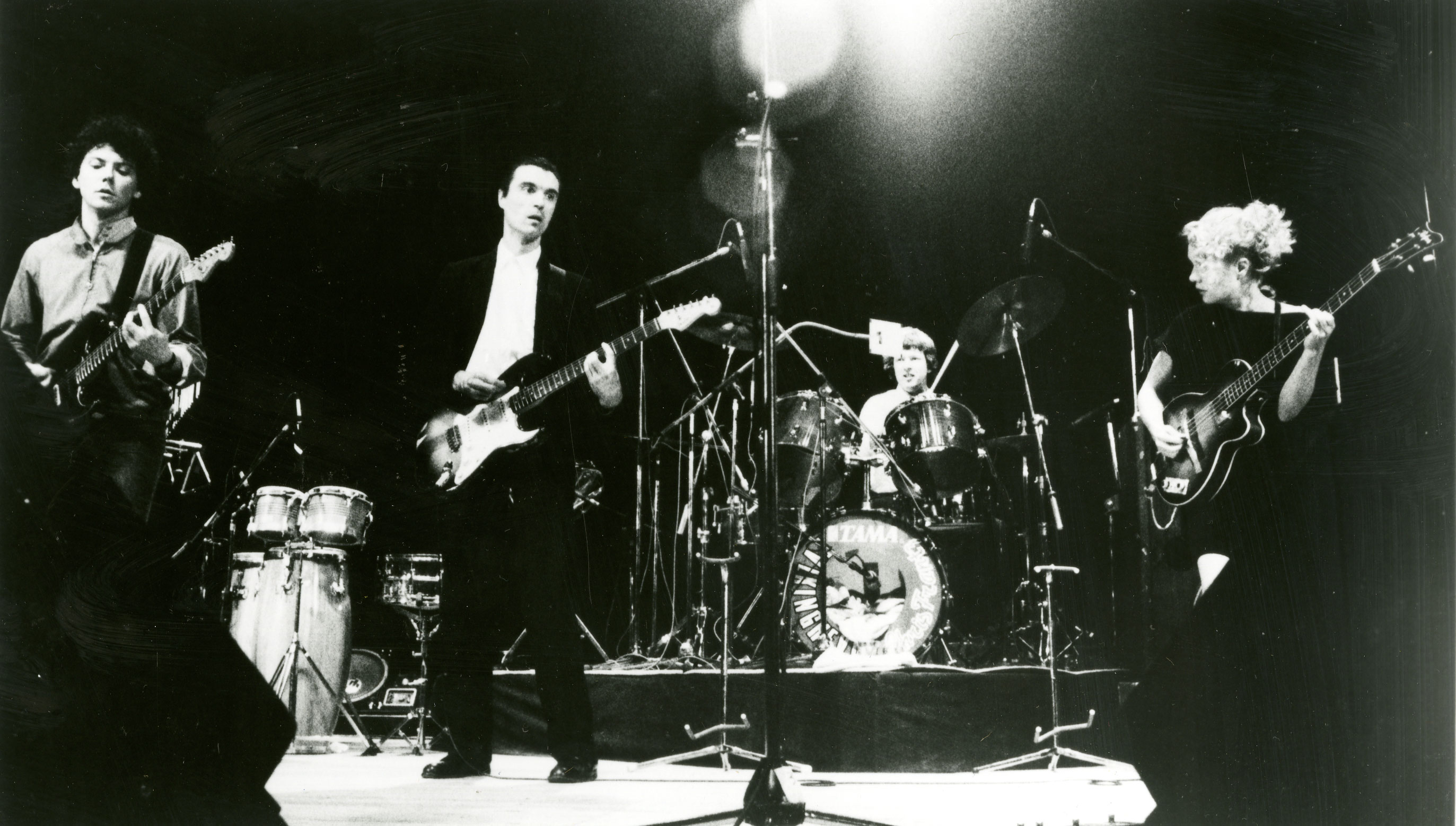
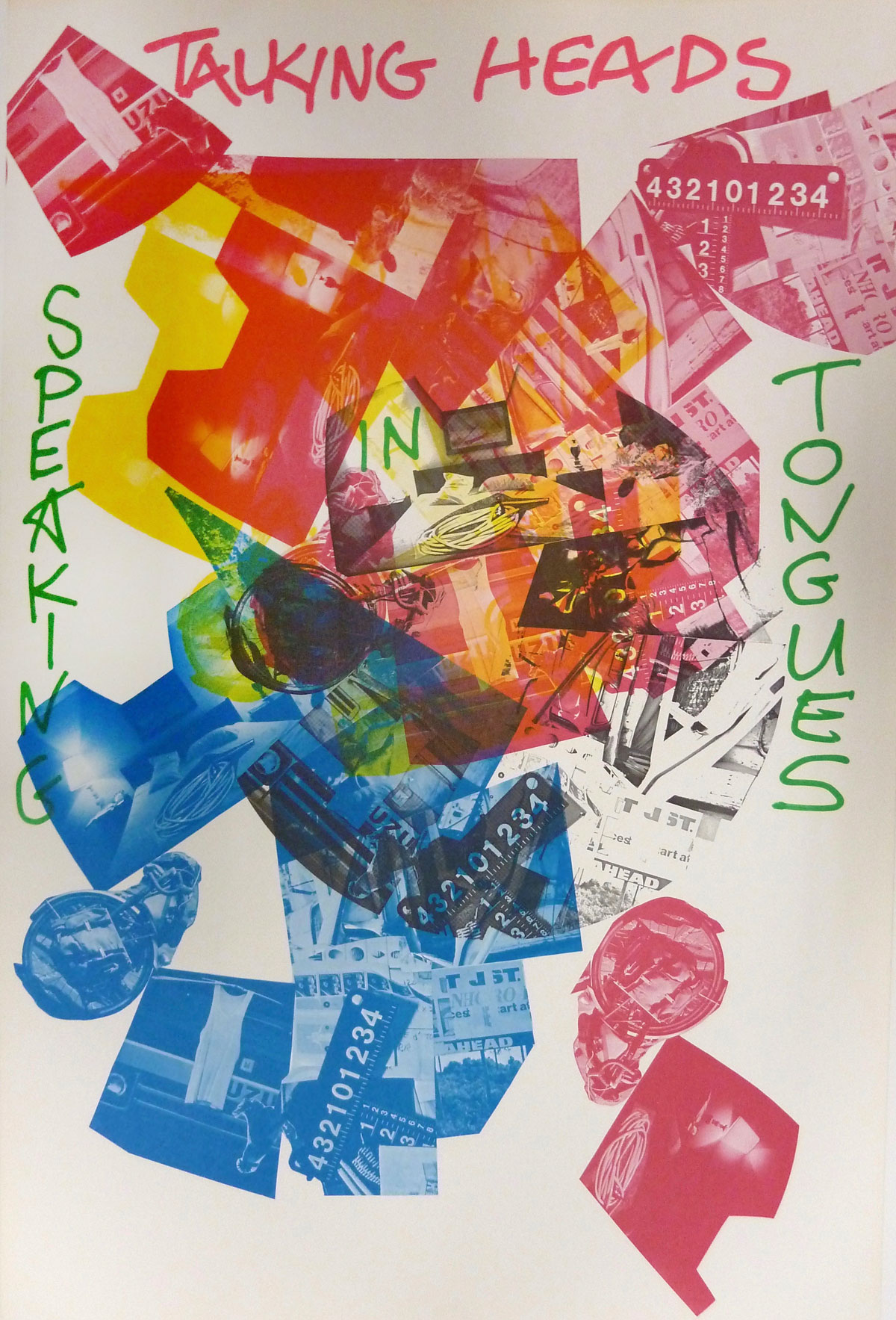
The Ramones turned me on to the Talking Heads, but it seemed I was always out of town, in England or L.A., when they were playing. One night shortly after I had gotten back from London, the Ramones asked me down to CBGB to hear some of the new songs they were planning to do for their second album. The opening act was supposed to be The Shirts. It was a beautiful, warm mid-November night and I’d already seen The Shirts, so I stayed outside chatting with Lenny Kaye, Patti Smith’s guitar player. All of a sudden I hear,“When my love/Stands next to your love/I can’t define love/When it’s not love . . . which is a building/Which is on fire,” and I feel myself being sucked into CB’s. Lenny follows. I say, “This isn’t The Shirts.” He says, “No, they got a job in Staten Island; this is the Talking Heads.” I got goosebumps all over. I stood there frozen, and when they finished I jumped up onstage and helped them with their equipment. I tried to sign them immediately, but it was the longest courtship ever at Sire Records—11-and-a-half months. They finally signed on November 1, 1976.
That year we also signed Richard Hell and the Voidoids: a significant voice in the evolution of new wave.
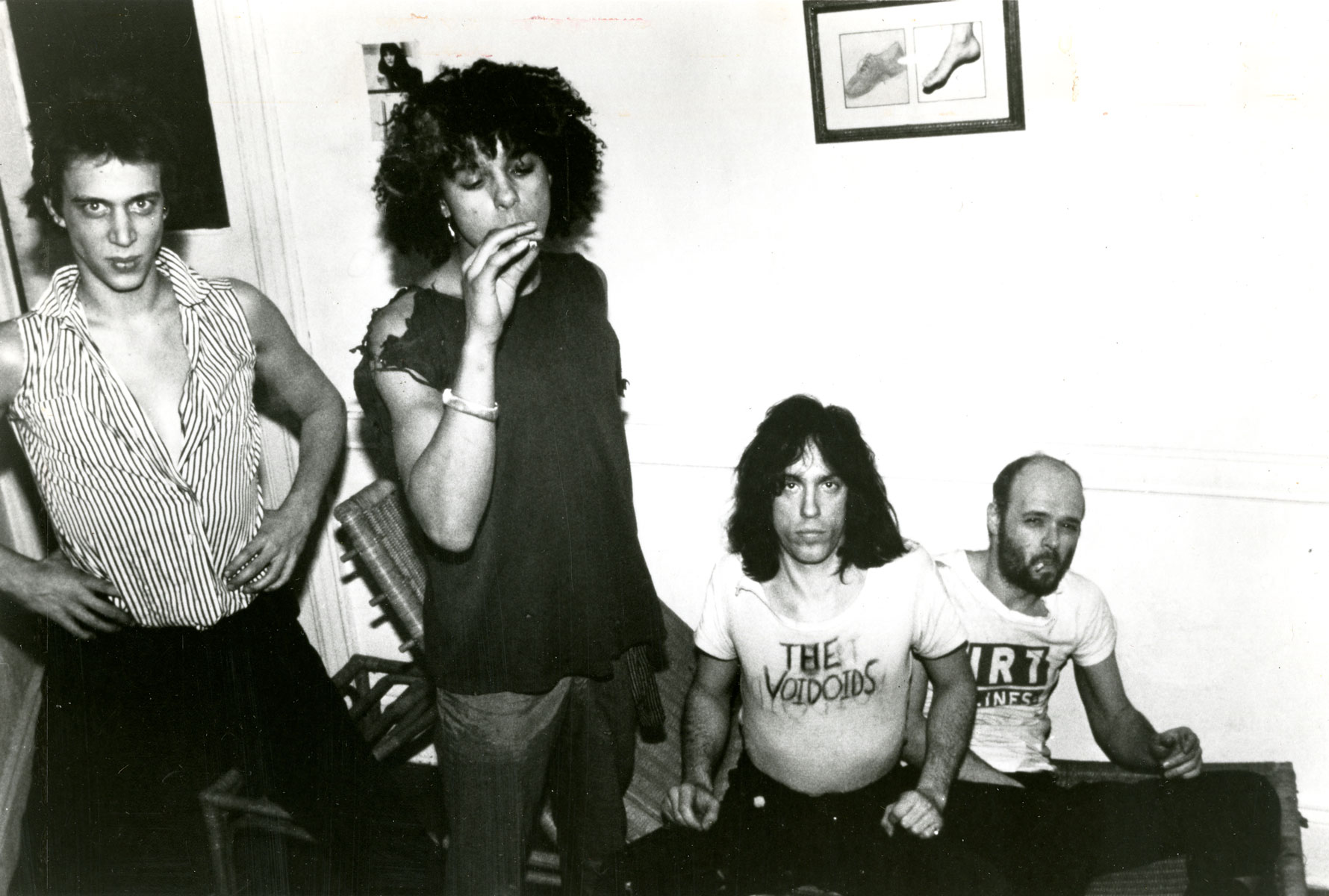
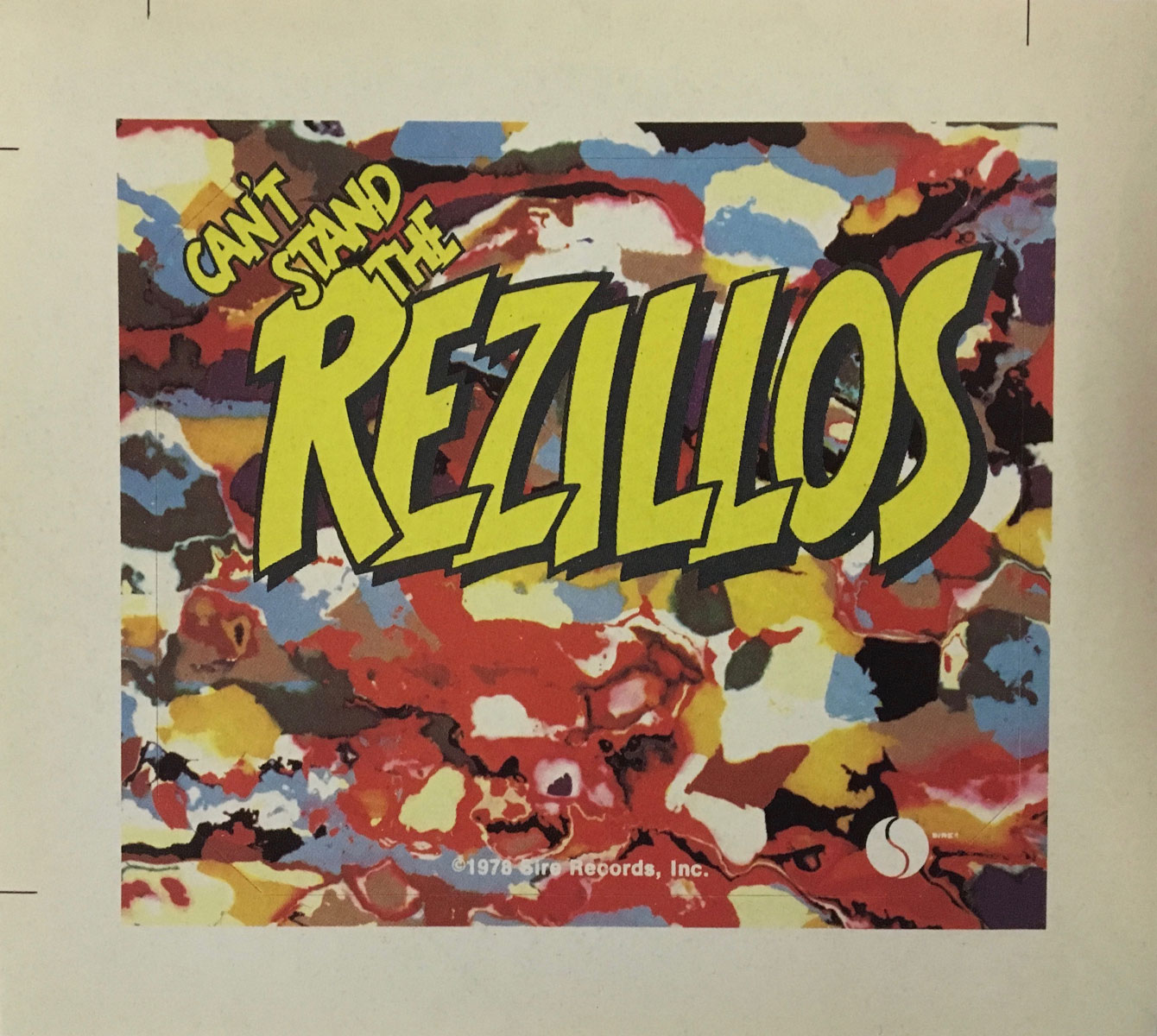
The Rezillos were one of the first U.K. punk/new wave bands and I believe the first from Scotland. They opened for the Ramones and Talking Heads on their famous 1977 tour of the U.K. That tour and the Ramones’ gig opening for Flamin’ Groovies, were significant events in Sire history; wonderful memories that I will never forget.
I’ve always watched music develop globally, and I was very early in signing two rock bands from Australia: The Saints and Radio Birdman. Both have since been inducted into Australian Music’s Hall of Fame. And then there was Plastic Bertrand, whom we acquired for the world excluding Benelux. We had a major hit with “Ça Plane Pour Moi,” just when we needed it most.
Boney M were huge all over Europe, and should have been much, much bigger in the United States. Their greatest significance to me, and to Warner Music Group, however, is the fact that the relationship I had with Peter and Trudy Meisel of Hansa Records in (West) Berlin reinforced and helped build the relationship I had with Ariola/BMG, who owned a substantial part of that label. I get too much credit for bringing BMG into the ADA fold (ADA is Warner Music Group’s Independent Distribution arm).
Sire’s last U.S. distributor before teaming up with Warner Bros. was ABC. They had a label in the U.K. called Anchor, which was not well-respected and was referred to by the locals as Wanker Records. But they did have a great young A&R man, Dave Hill. We met when we were both chasing down the same band, Generation X, and because we were both affiliated with ABC, we teamed up. Gen X signed with Chrysalis, but Dave and I remained friends, and about a year later he introduced me to Chrissie Hynde and The Pretenders.
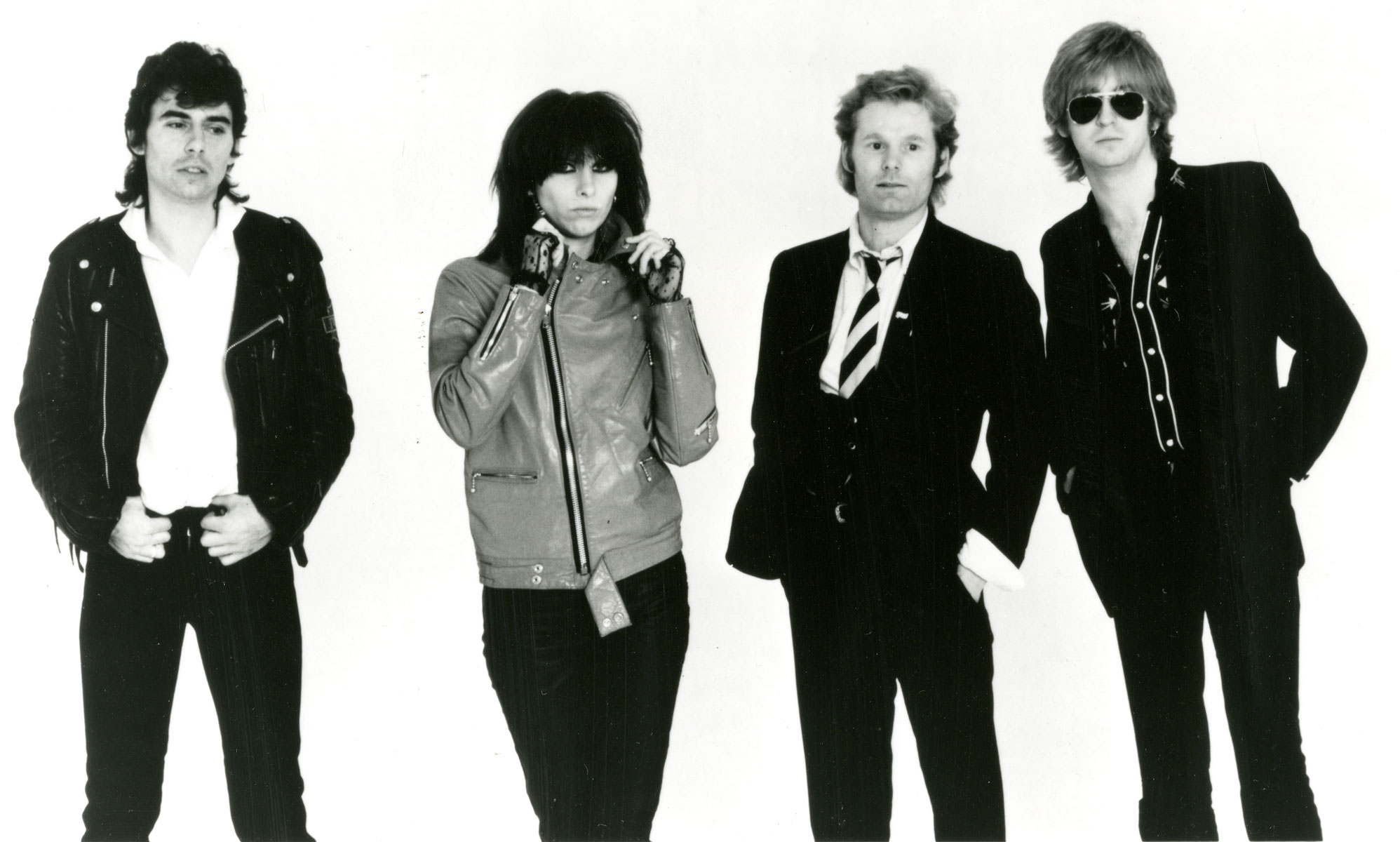
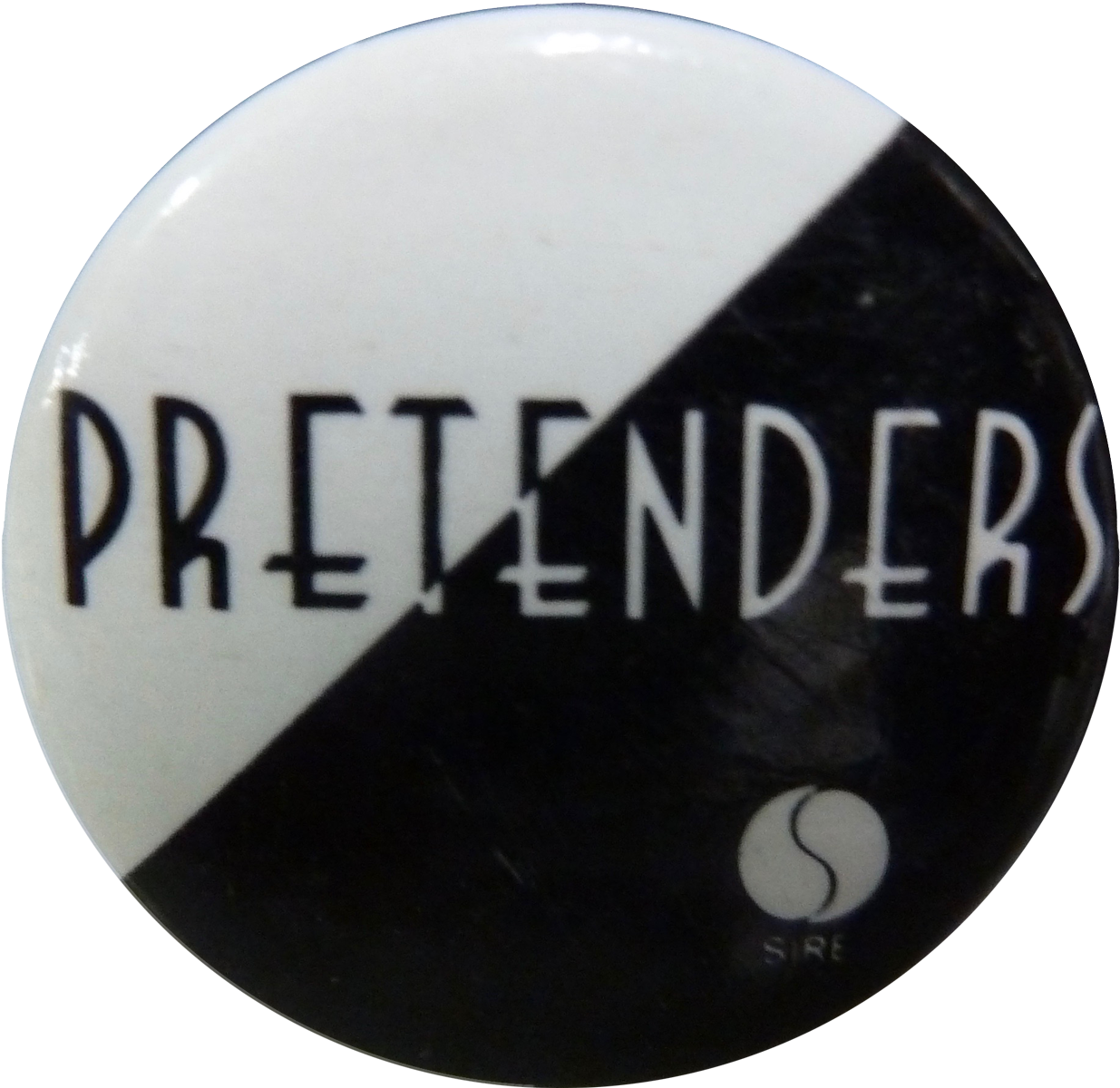
I went to see the band perform at a club in West Hampstead near the tube station. Dave and I joined forces, started a new label—Real Records —and with help from Moira Bellis, head of publicity at the time for Warner Bros. U.K., signed The Pretenders. The Pretenders—what a great and important band!
It seemed everyone was after “Tainted Love” by Soft Cell and trying to do a deal with the oftentimes difficult Roger Ames, then head of A&R at Phonogram. In fact, I even spotted Earl McGrath, who was working for Ahmet Ertegun at the time. Straight off the plane from New York, my first day in London, I took Roger to lunch. We drew up the deal points on the back of a napkin and both signed it and marched over to John Kennedy’s office with the deal a fait accompli! Under more conventional agreements, I also managed to sign Blancmange and The Bluebells from Ames. Although most people remember him as the tough nuts-and-bolts Chairman of WMG, my memories of Roger Ames are of a great A&R man.
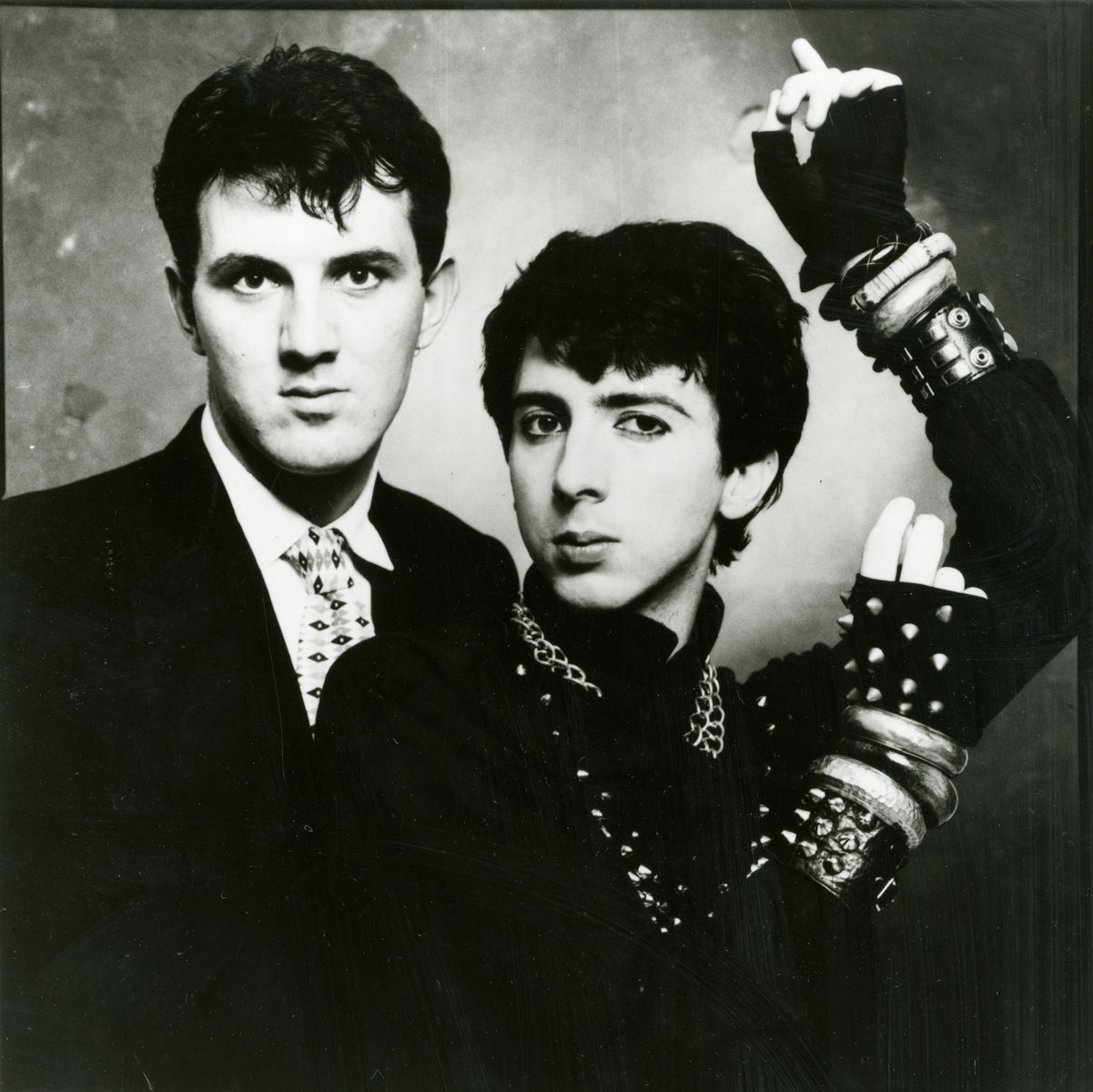
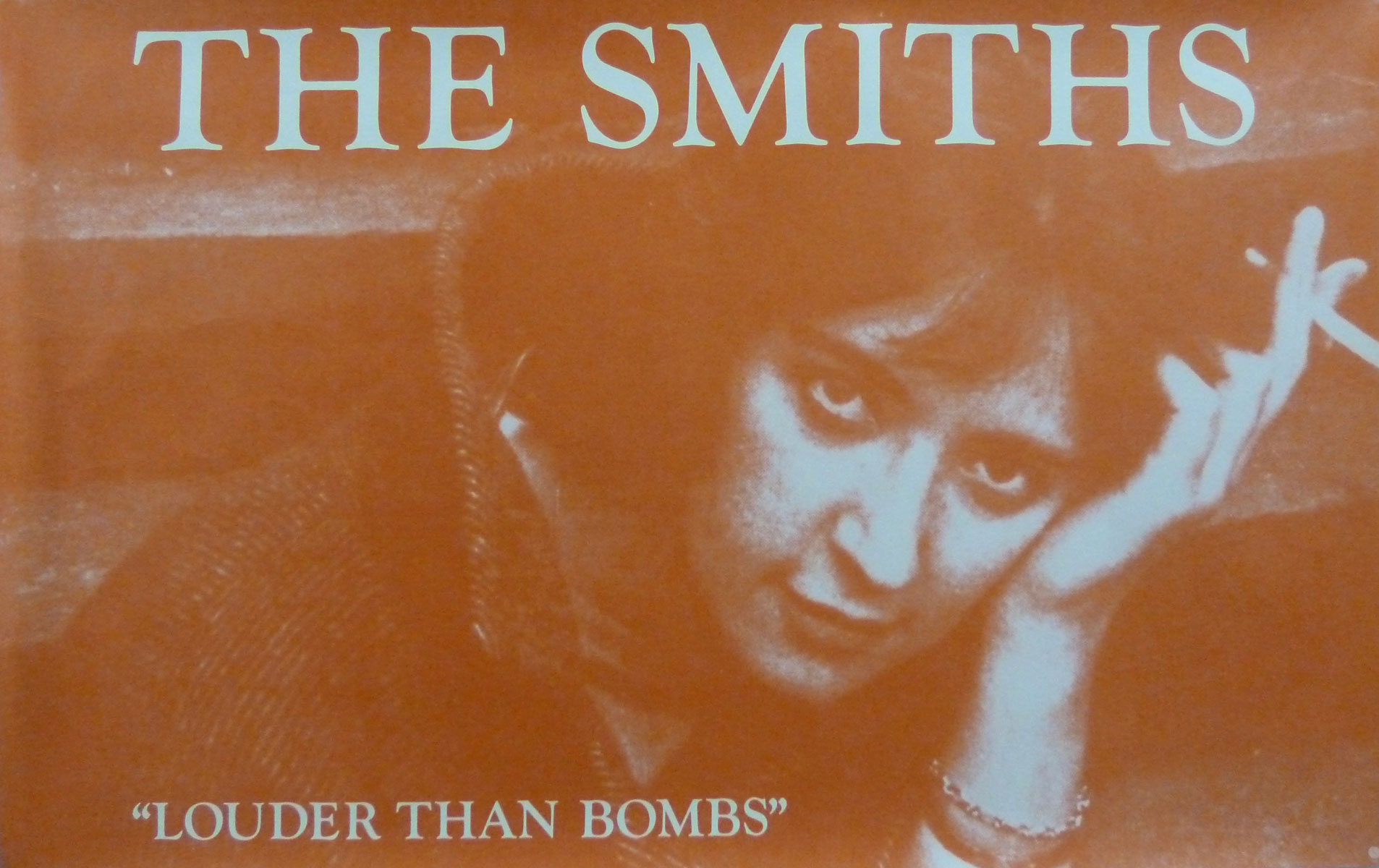
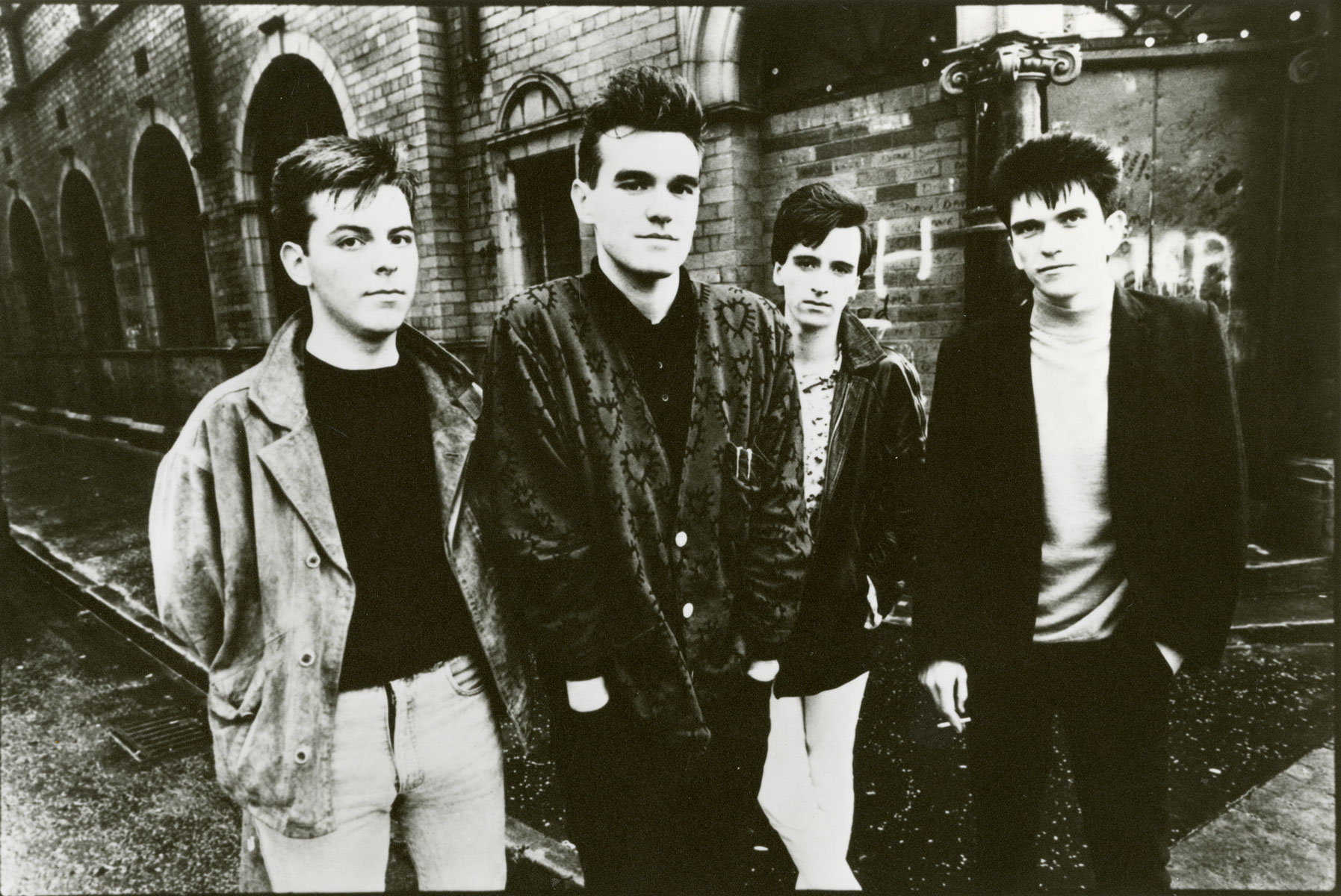
I met Geoff Travis around 1975-76 at the Rough Trade store and was very impressed with his knowledge of the New York scene and his taste in music. I admired what he was trying to do in setting up an indie distribution link in the U.K. while still running his own label. When he called me about The Smiths, I was on the plane the next day for their gig at the ICA and signed the band right after the show before I even cleaned away the gladiolas I had been pelted with from the stage by Morrissey. I also signed other great bands from Geoff, including Aztec Camera and Everything But The Girl. Geoff is still a great A&R man, and Rough Trade is still a vibrant label.
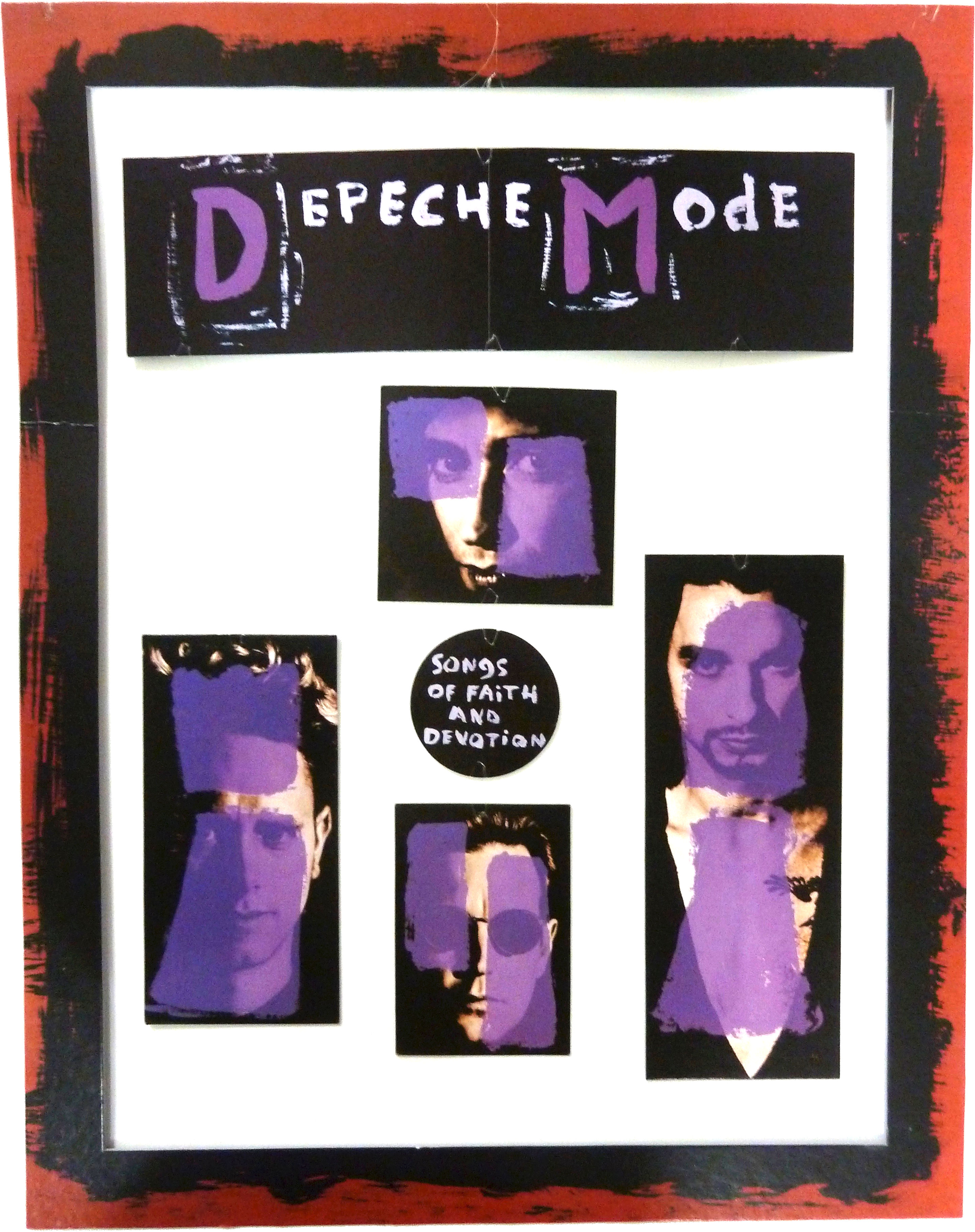
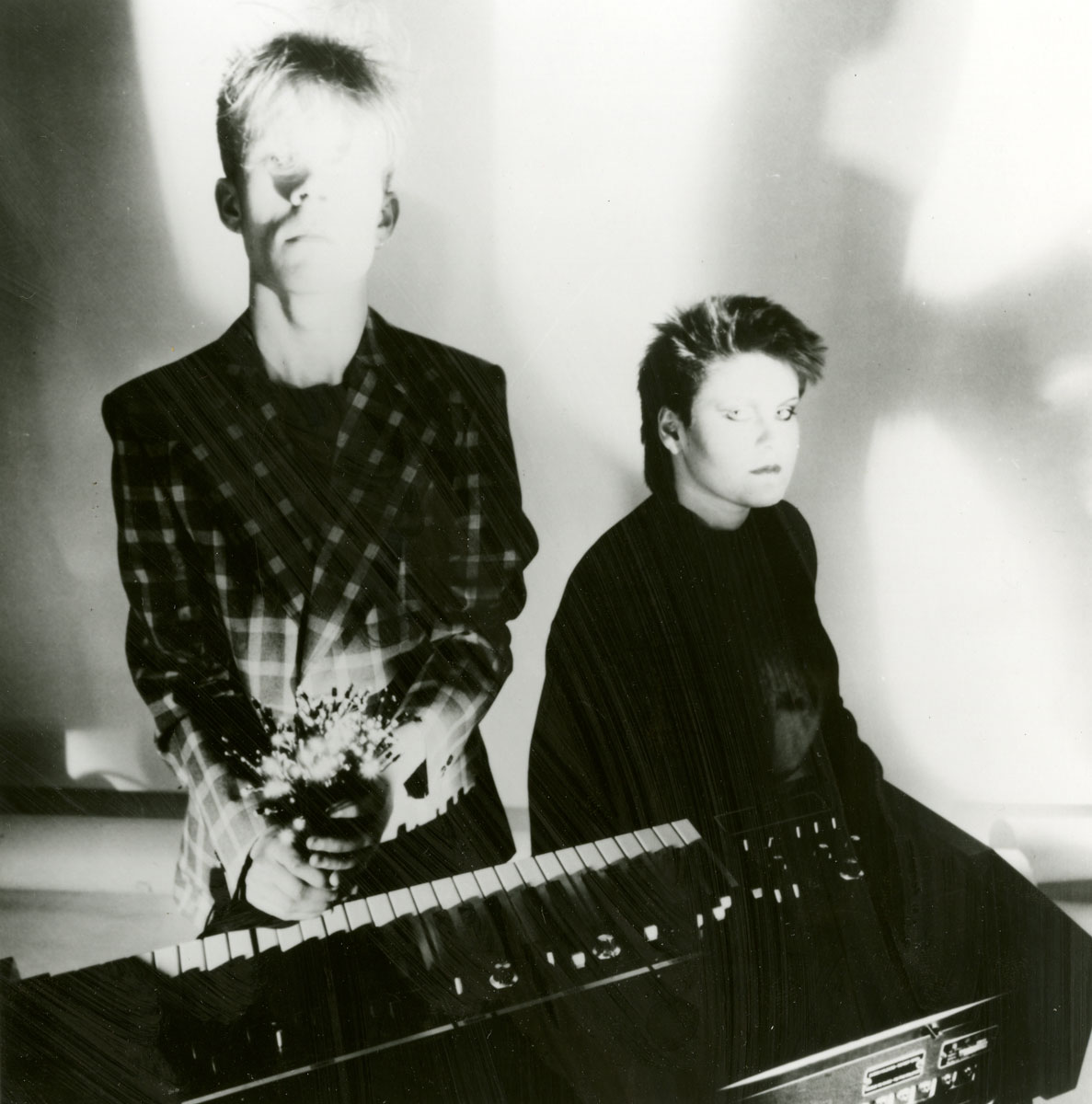
I met Daniel Miller, whom I consider one of my great friends in life, at Rough Trade. I had no idea who he was when we started talking, but I put out his first two releases, “T.V.O.D./Warm Leatherette” by The Normal, and an album by the Silicon Teens. One morning, about a year later, I awoke and read that Daniel had signed a new band called Depeche Mode and they were playing their first gig right near their hometown of Basildon. If Daniel signed them, I knew they had to be fantastic. It was 8 o’clock in the morning. I ran to the airport, bought a ticket on the Concorde—my first time ever—called my office in London and arranged to be met and driven up to the gig. There were similar bands around at the time, but none could hack it live or had so many great songs. When Vince Clarke left the band, we continued to work with him on all of his projects—The Assembly, Yaz, and Erasure. Depeche Mode just went from strength to strength with Martin Gore, Dave Gahan, Andrew Fletcher, and Alan Wilder.
Radio DJ John Peel was such a major force in introducing new music to the U.K. An avid fan of Peel’s show, I remember like it was yesterday driving down to Southend-on-Sea to see The Searchers with Paul McNally, who looked after Sire’s U.K. office. We were listening to Peel’s show when all of a sudden this fabulous record came on. We were traveling so fast I couldn’t hear it very well. I started screaming, “PULL OFF THE ROAD! PULL OFF THE ROAD!” McNally turned white. He must’ve thought I was having a seizure. I just wanted a closer listen.
The record was “Teenage Kicks” by The Undertones, whose lead singer, Feargal Sharkey, had the most amazing voice, and the song was a fuckin’ teenage anthem! Peel played the song twice, back to back; I’m told that was the first and only time he’d done that. Peel also gave details that “Teenage Kicks” was on a small label in Belfast run by this guy Terry Hooley. This was back in the days when there was much secular violence in Northern Ireland, so I turned to Paul McNally and said, “I want this band, but my name is Stein and yours is McNally, so you’re going to Belfast.” “Teenage Kicks” and all the early Undertones recordings were released on Sire, and Andy Ferguson, who promoted some Sire records at radio, became the band’s manager.
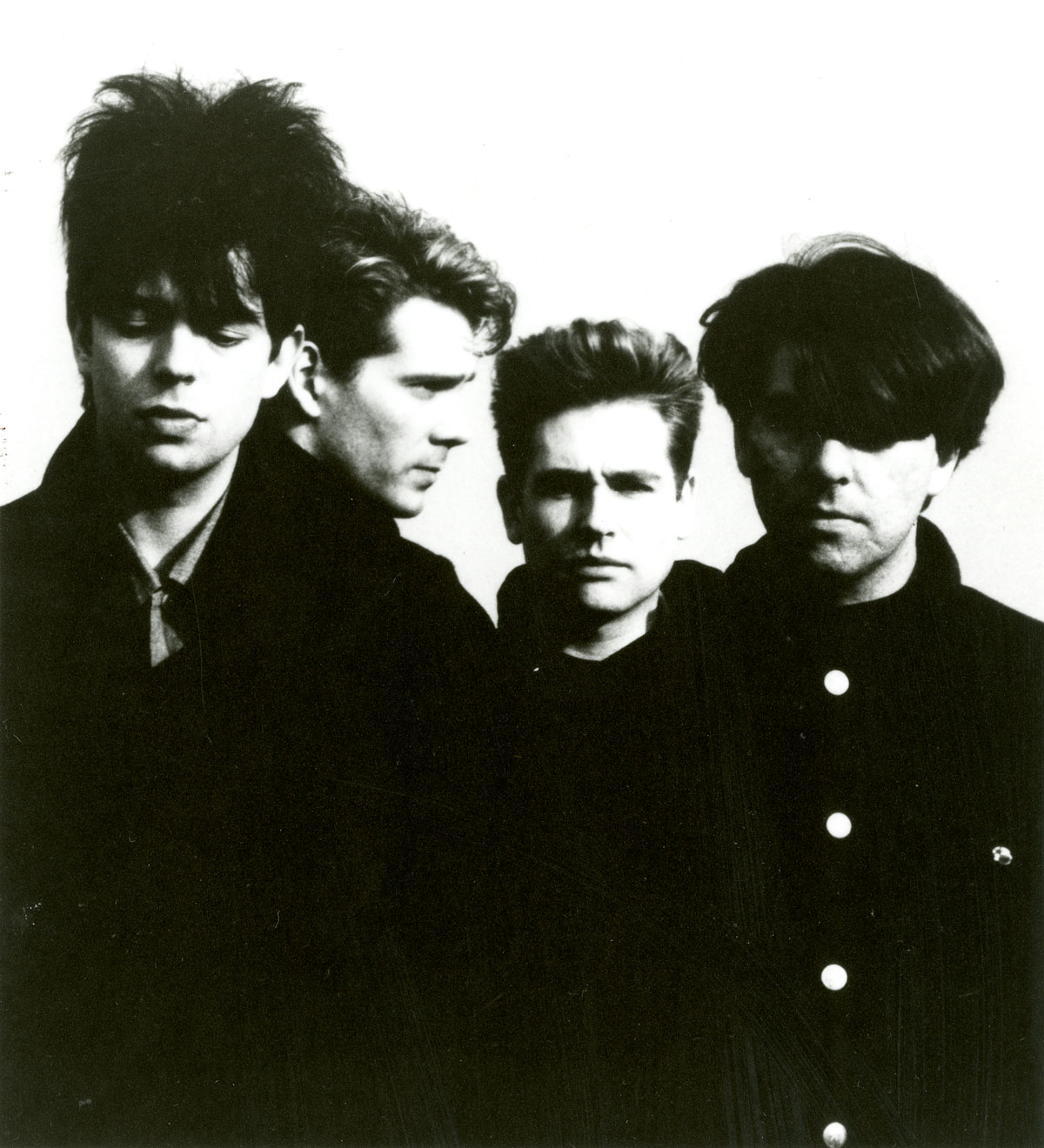
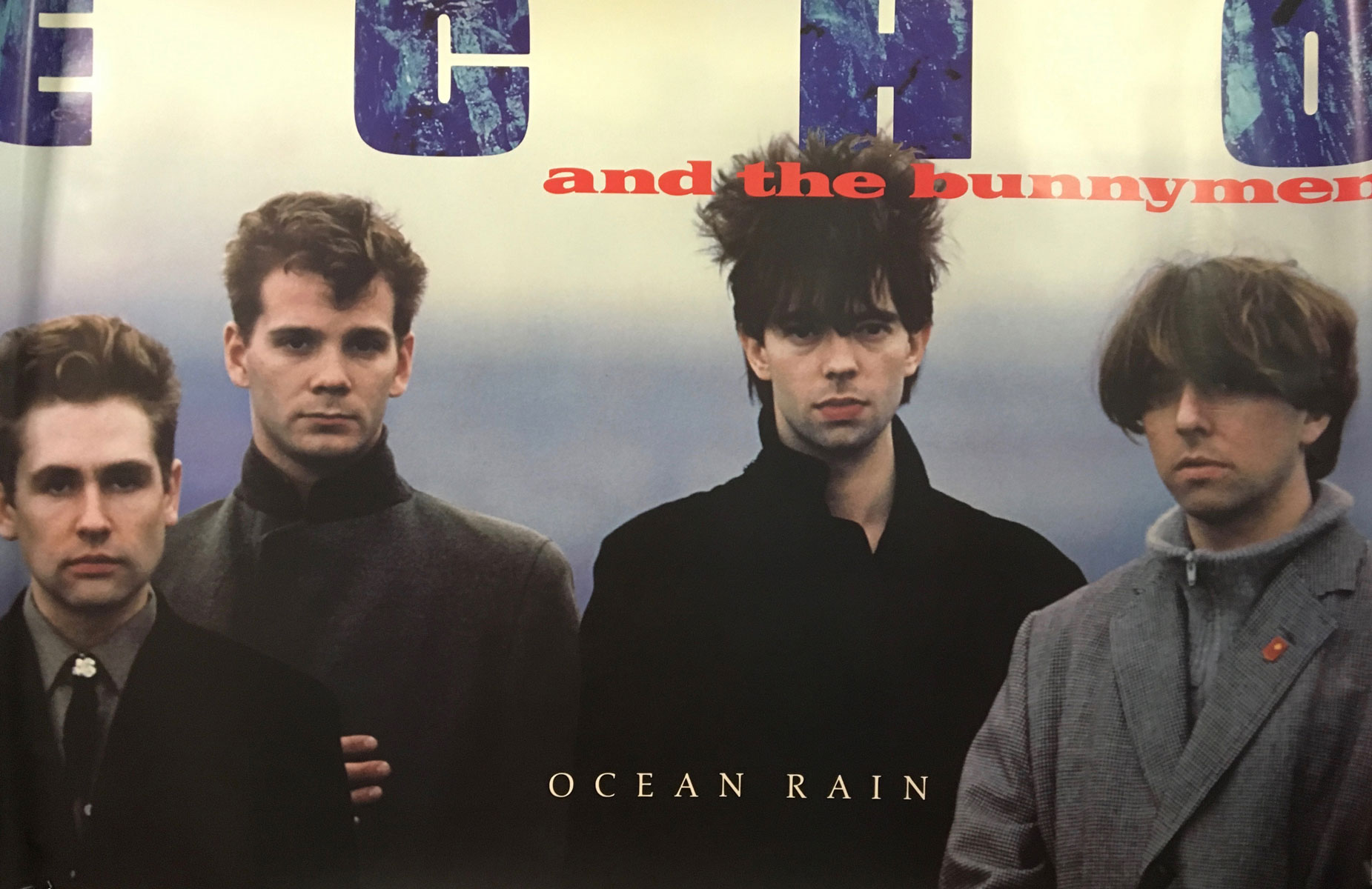
I will never forget the night of the big face-off in the basement of the YMCA, six or seven stories down, on Tottenham Court Road, that featured two Liverpudlian bands and two Mancunian bands. The Bands from Manchester were already signed, and everyone was talking about this band from Liverpool, The Teardrop Explodes. The first band on was Echo & The Bunnymen. I said to my assistant, Michael Rosenblatt, “You know we walked down six flights and we’re going to have to walk back up—we better find something great tonight!” The Bunnymen didn’t even have a drummer, but they didn’t disappoint . . . not one bit. Mac is such a great poet. The next day, realizing I had no money to sign them, I went to Rob Dickin’s office and we started a label, Korova, just for Echo & The Bunnymen.
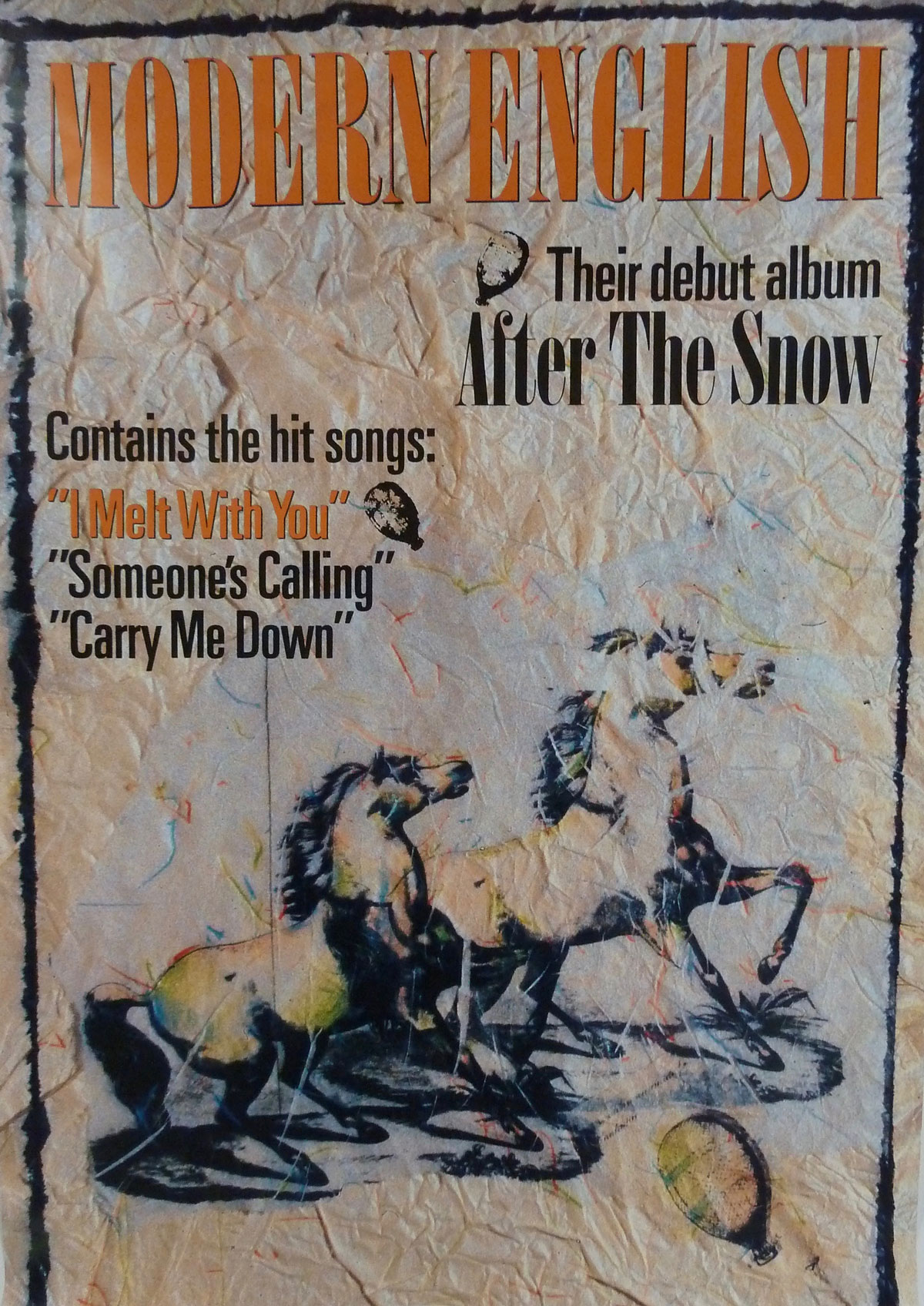
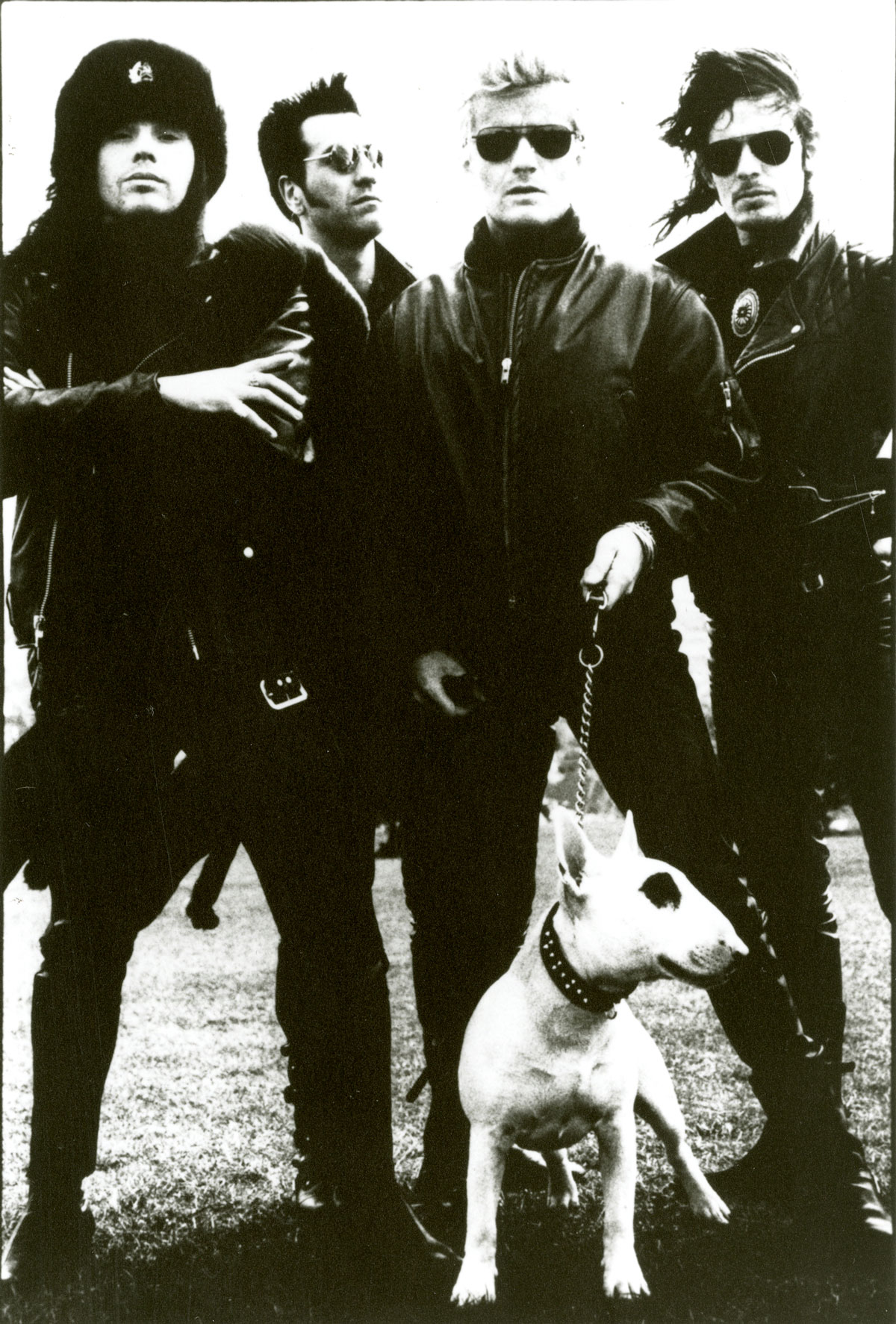
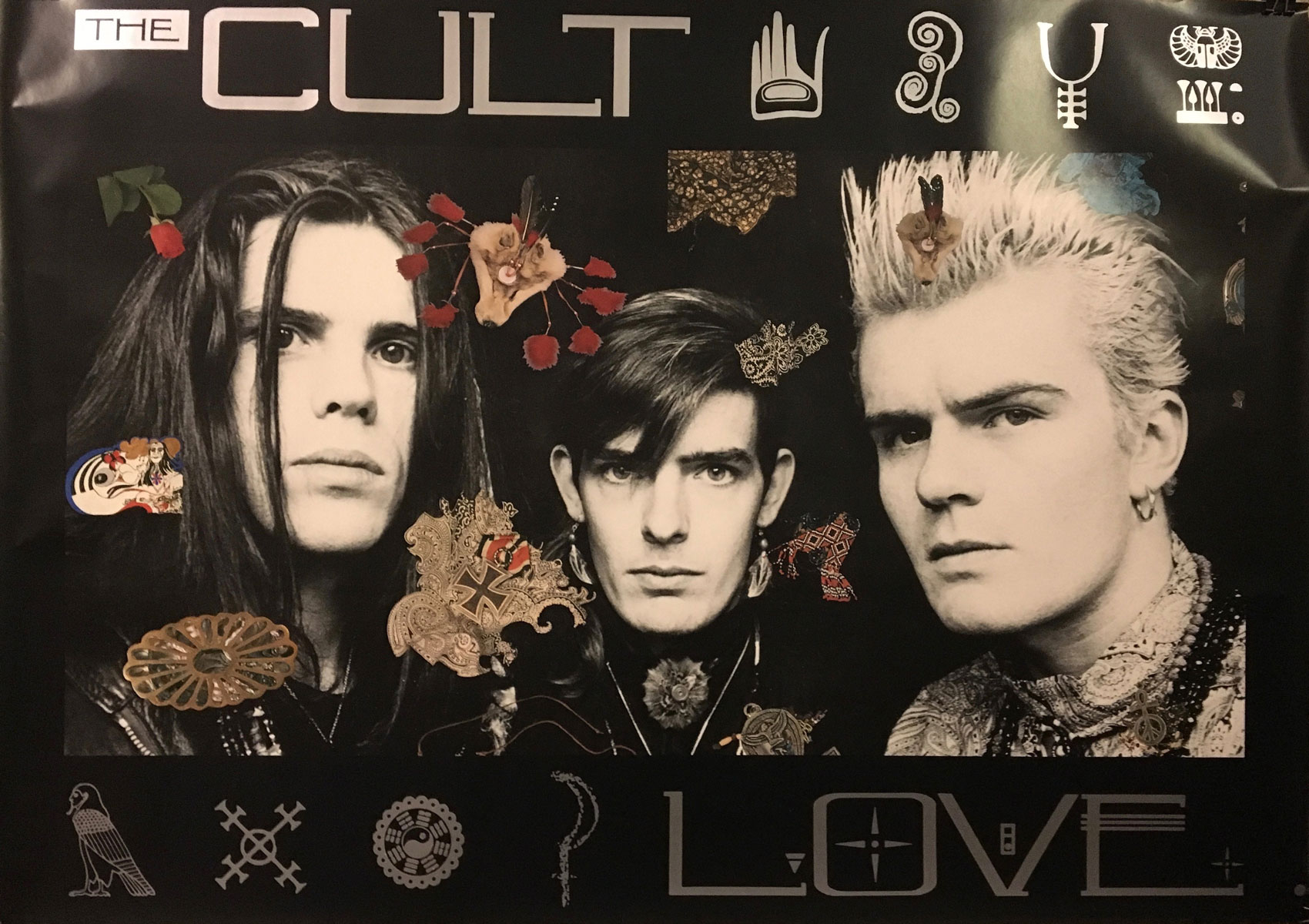
I always admired Martin Mills because he had the perfect balance of good business acumen coupled with A&R skills. Unfortunately, I missed out on Beggars Banquet’s first international success, Gary Numan’s “Cars,” which was picked up by Atlantic. But, fortunately, Sire was quick to pick up “I Melt With You,” Modern English’s classic new wave track on 4AD, a Beggars joint venture with Ivo Watts-Russell. Just about a year later I was lucky enough to grab The Cult.
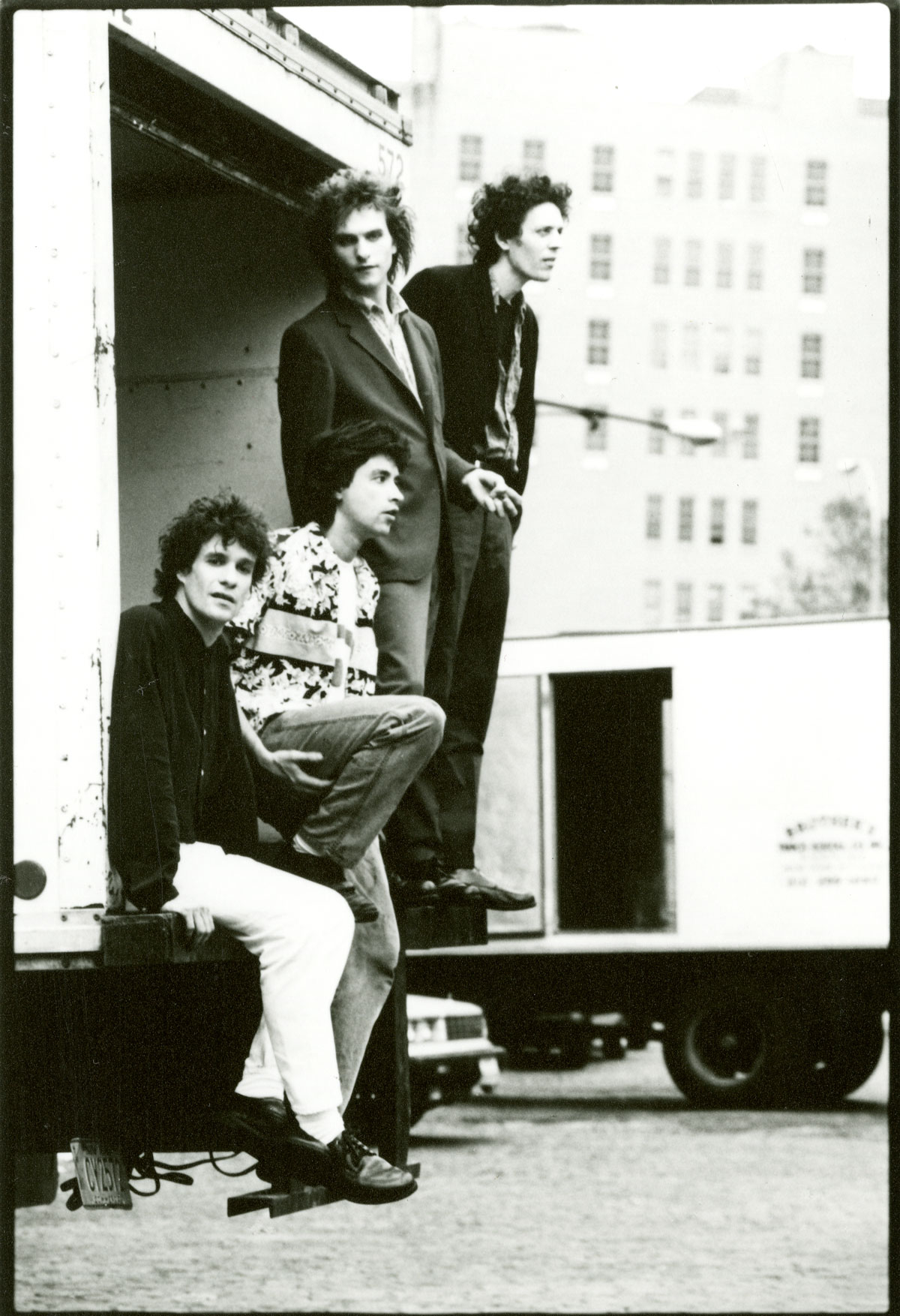
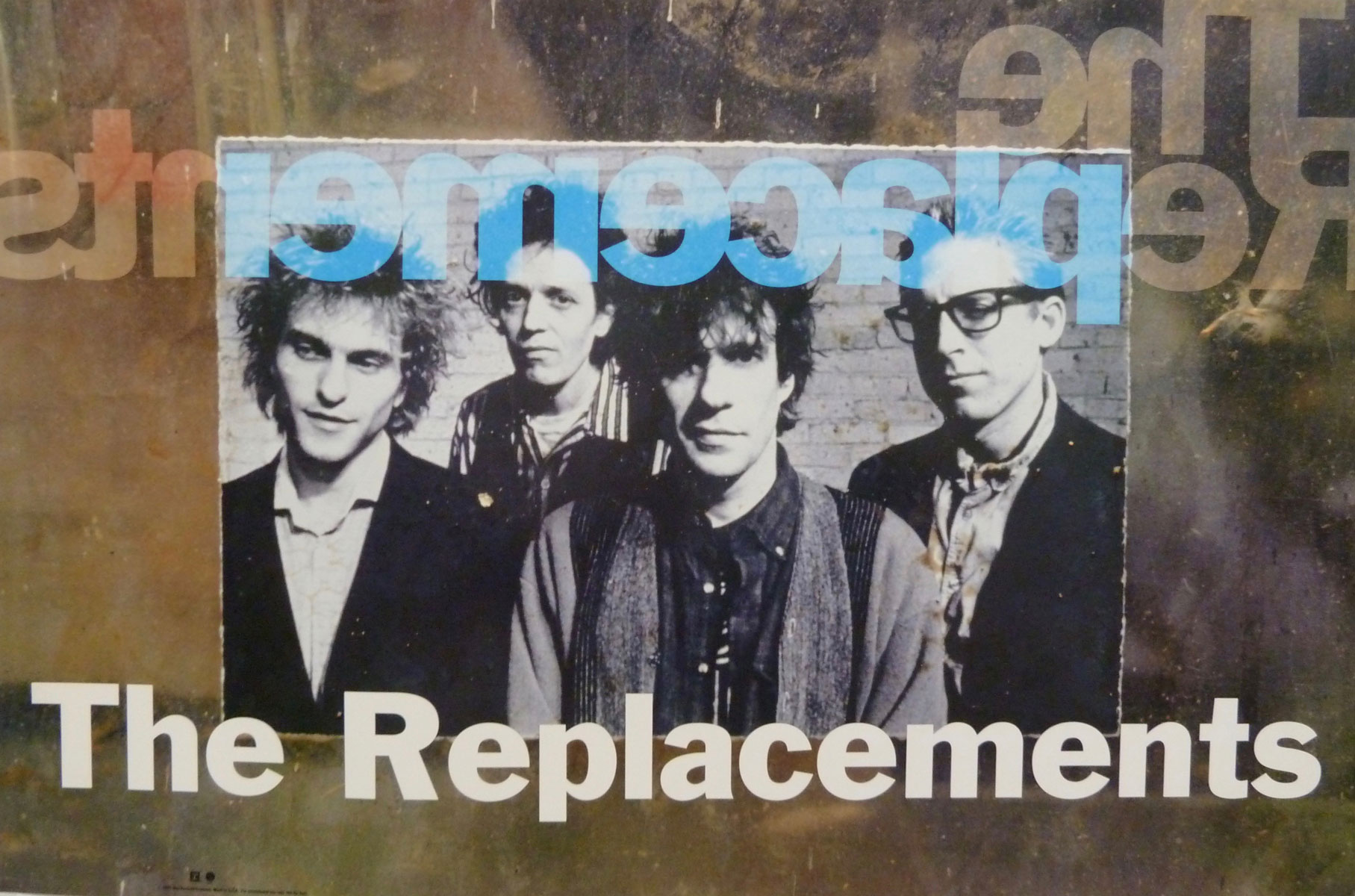
Owen Epstein was a great lawyer and an even better friend. Although he was terminally ill with a brain tumor, he always watched out for me. One night, making the round of Christmas parties, he saw me about to get into trouble and pulled me out and took me with him to see his clients The Replacements. I was so blown away that I ran backstage after the show, and we stayed up all night with the band. One of the all-time great rock ’n’ roll bands—they should have had greater commercial success.
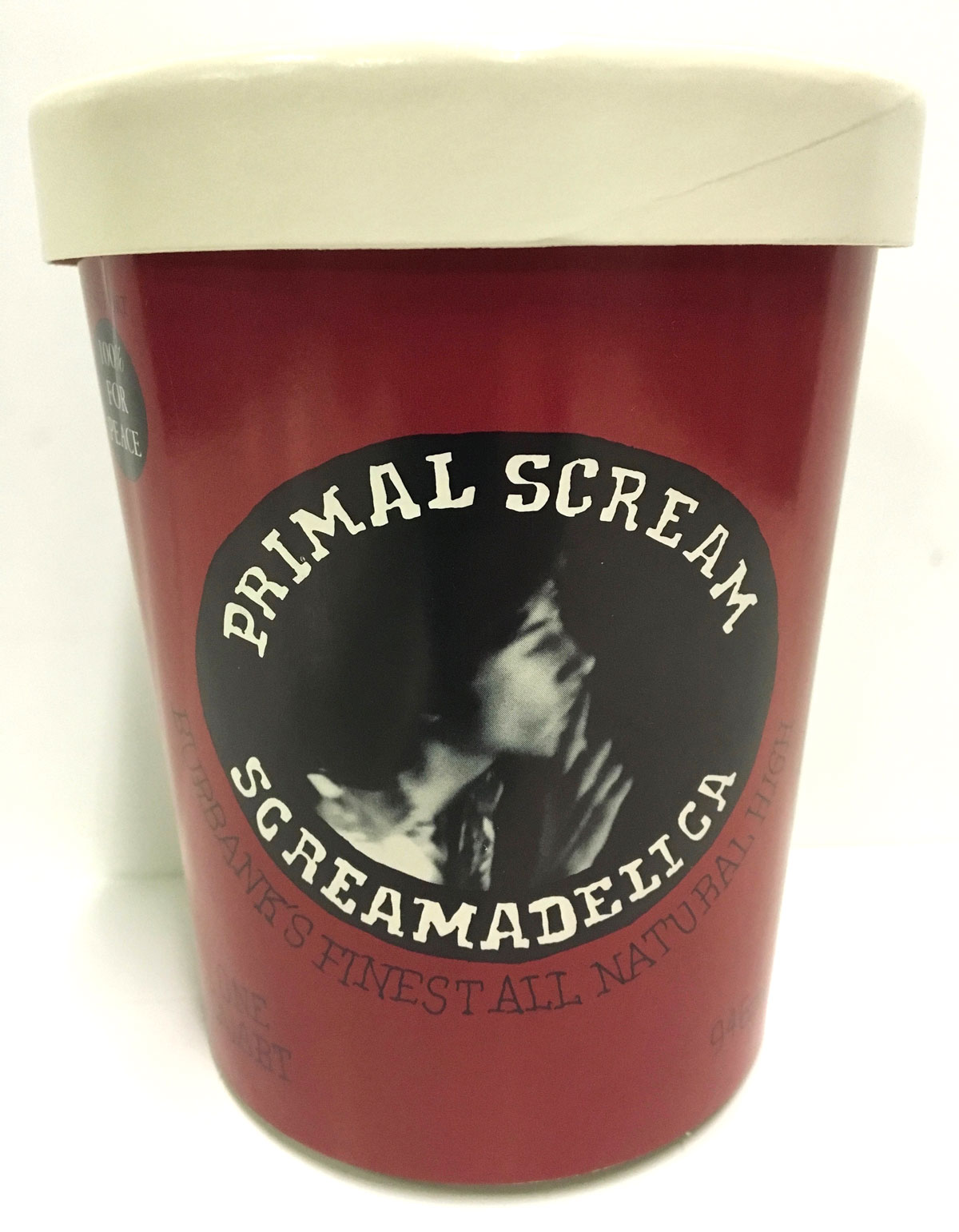
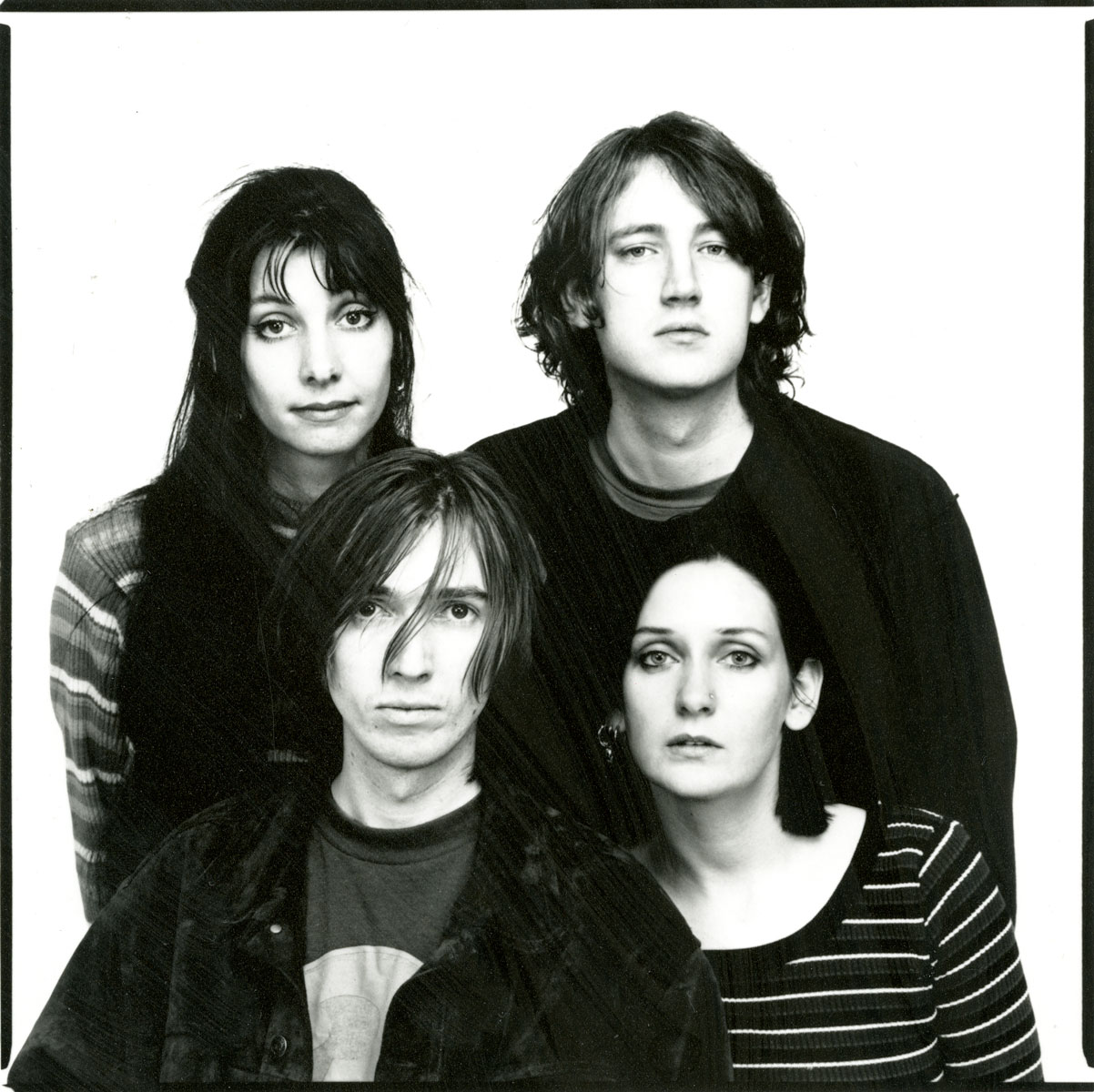
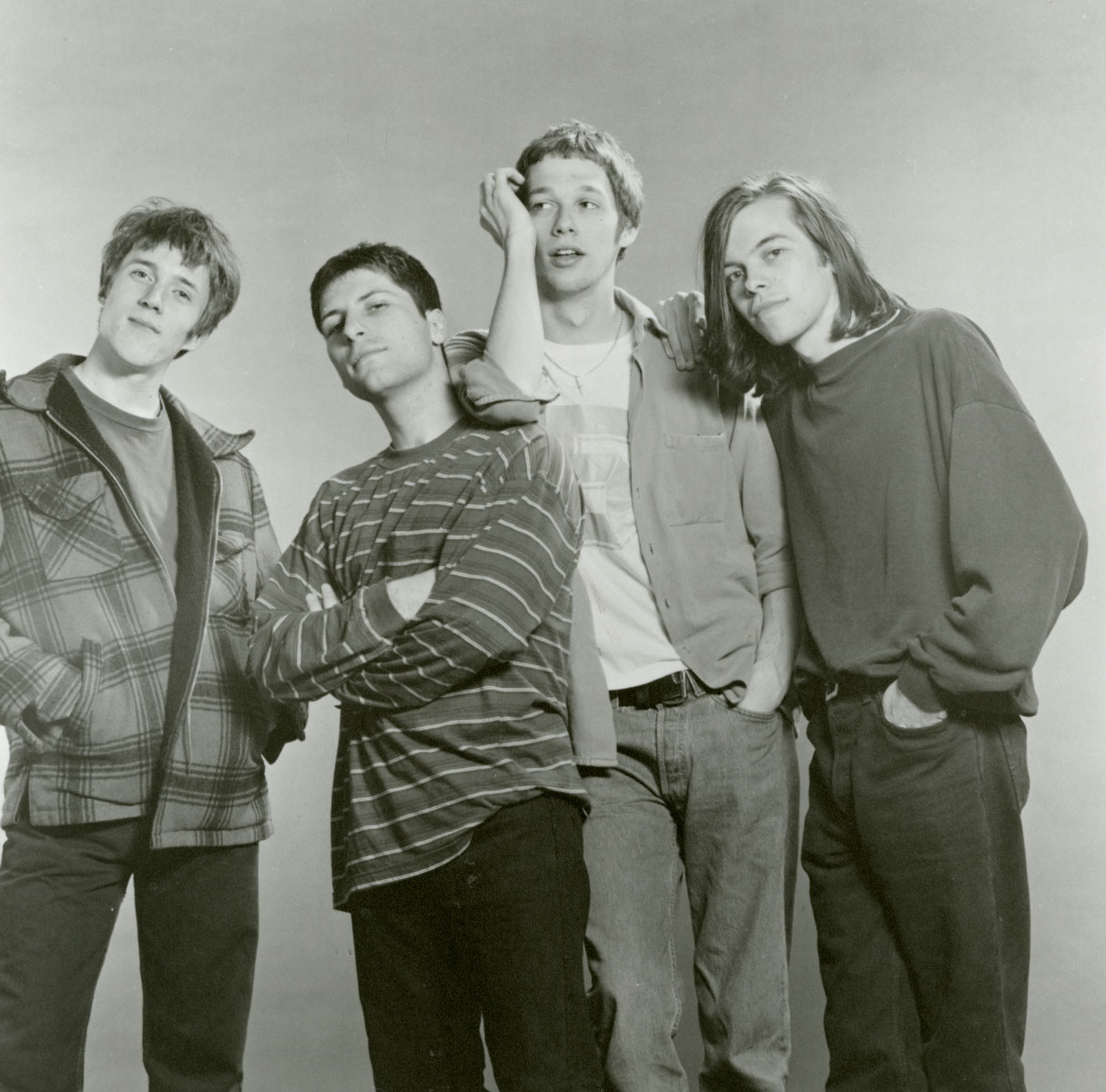
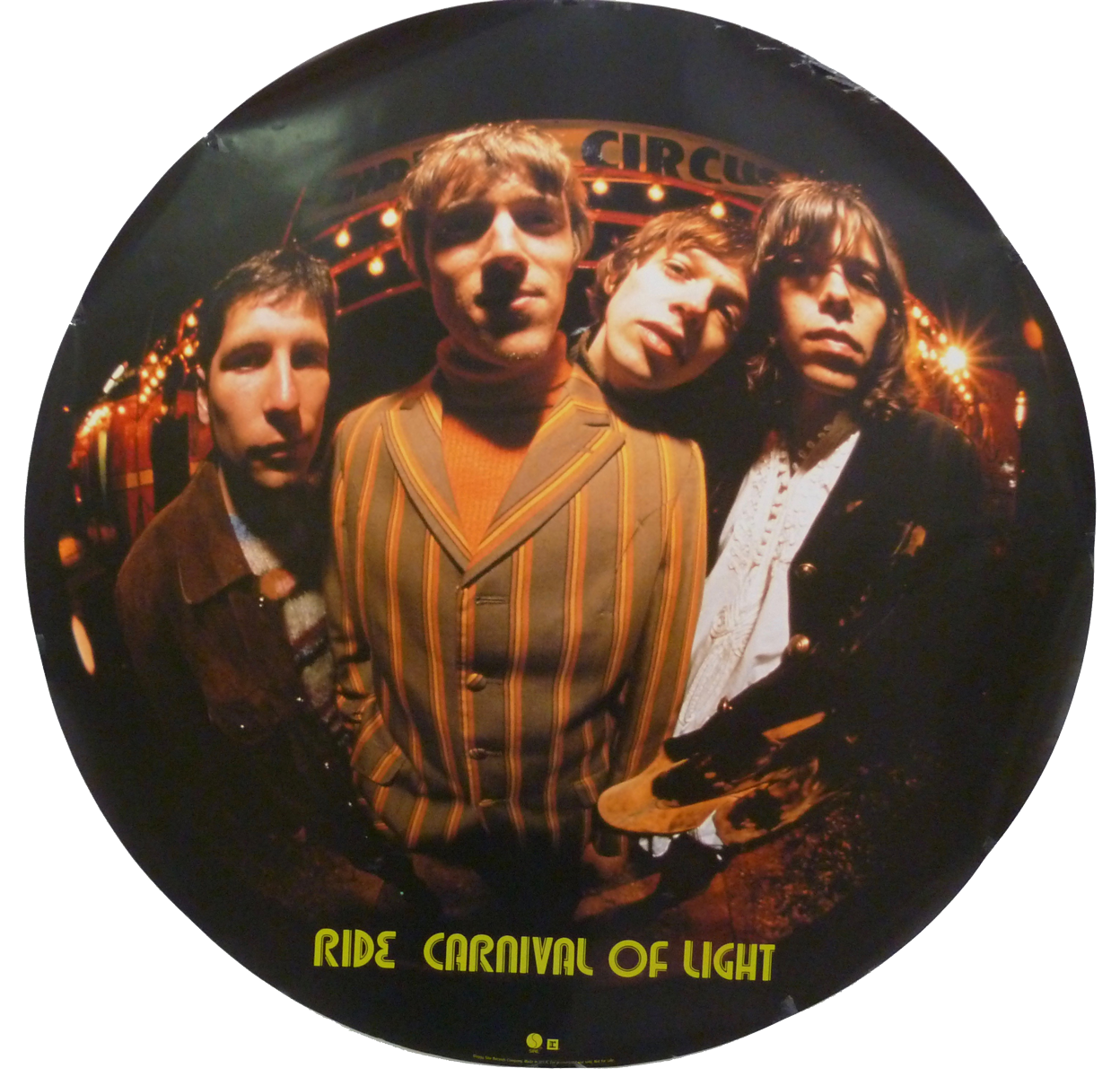
I had been a fan of Alan McGee’s since the days of The Jesus and Mary Chain and always wanted to work with him. I finally got the chance when, in rapid succession, I signed Primal Scream, My Bloody Valentine, and Ride, the latter with Joe McEwen. Another U.K. label we helped bring to the U.S. was Warp Records. It was Risa Morley who brought Aphex Twin to my attention and started the relationship between Sire and Rob Mitchell and Steve Beckett of Warp. This maverick electronica label based in Sheffield would bring video director Chris Cunningham to the forefront when he directed the award-winning “Come To Daddy” video for us. He would go on to direct videos for many artists, including Björk and Madonna.
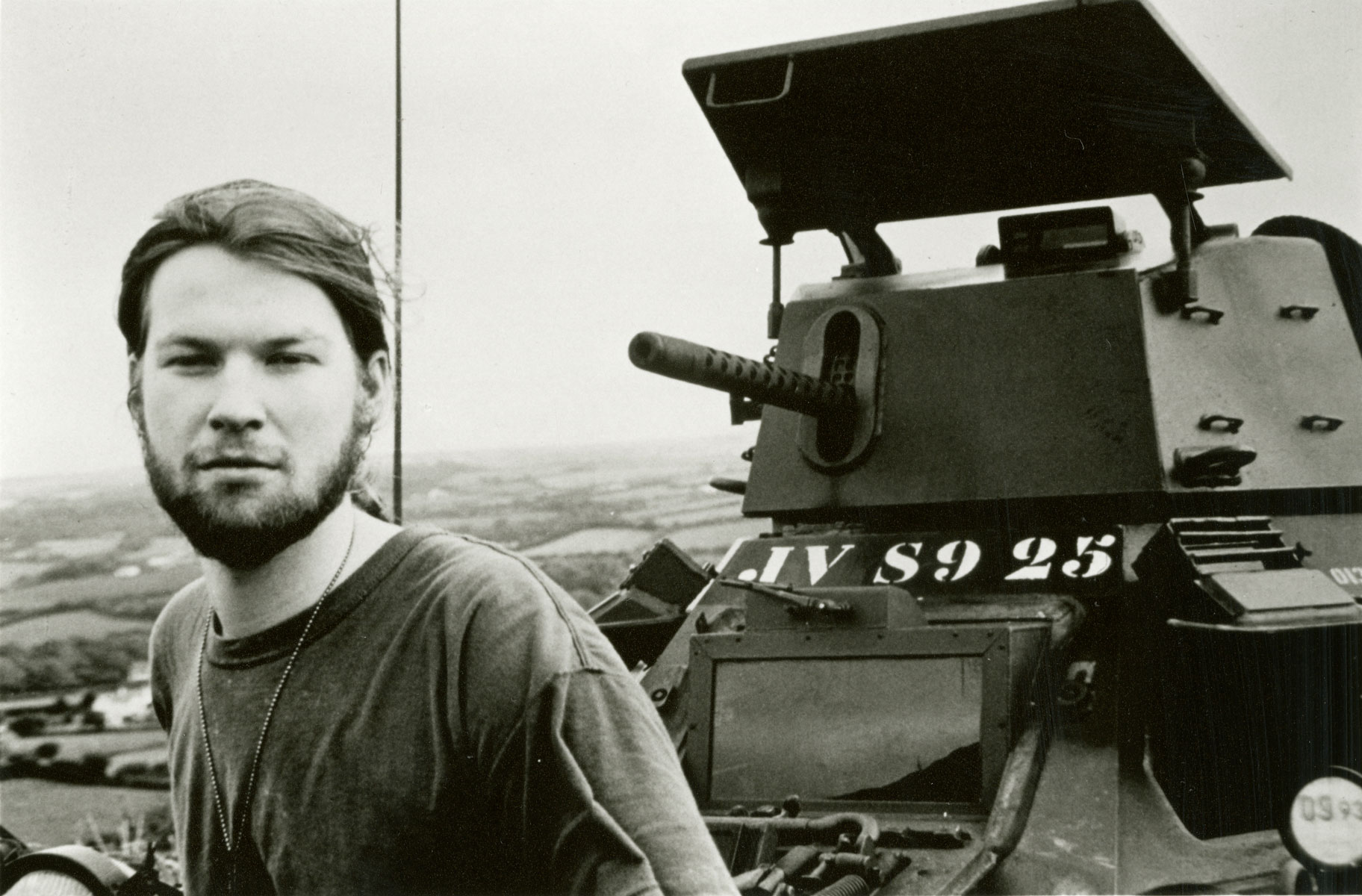
Back in the early ’80s I flew to Vancouver to see this Canadian band The Spoons, Paul Conroy and Dave Robinson, and ended up signing them to Stiff, but I became quite friendly with the band’s manager, Steven Macklan, with whom I shared a great love for classic country music. Years later, most probably with that in mind, he sent me a copy of k.d. lang’s self-produced, self-released album on Bumstead. One listen and I was on the next plane to Edmonton, where I saw her perform and stayed up all night with her singing old country songs originated by Kitty Wells, Hank Thompson, Lefty Frizzell, and, of course, Hank Williams. The next day it was off to Calgary and the rodeo. We spent the most fabulous weekend together, and by the end of it she had decided to come to Sire. k.d. is a great artist and a brave and honest woman, and I cherish every moment we have been together.
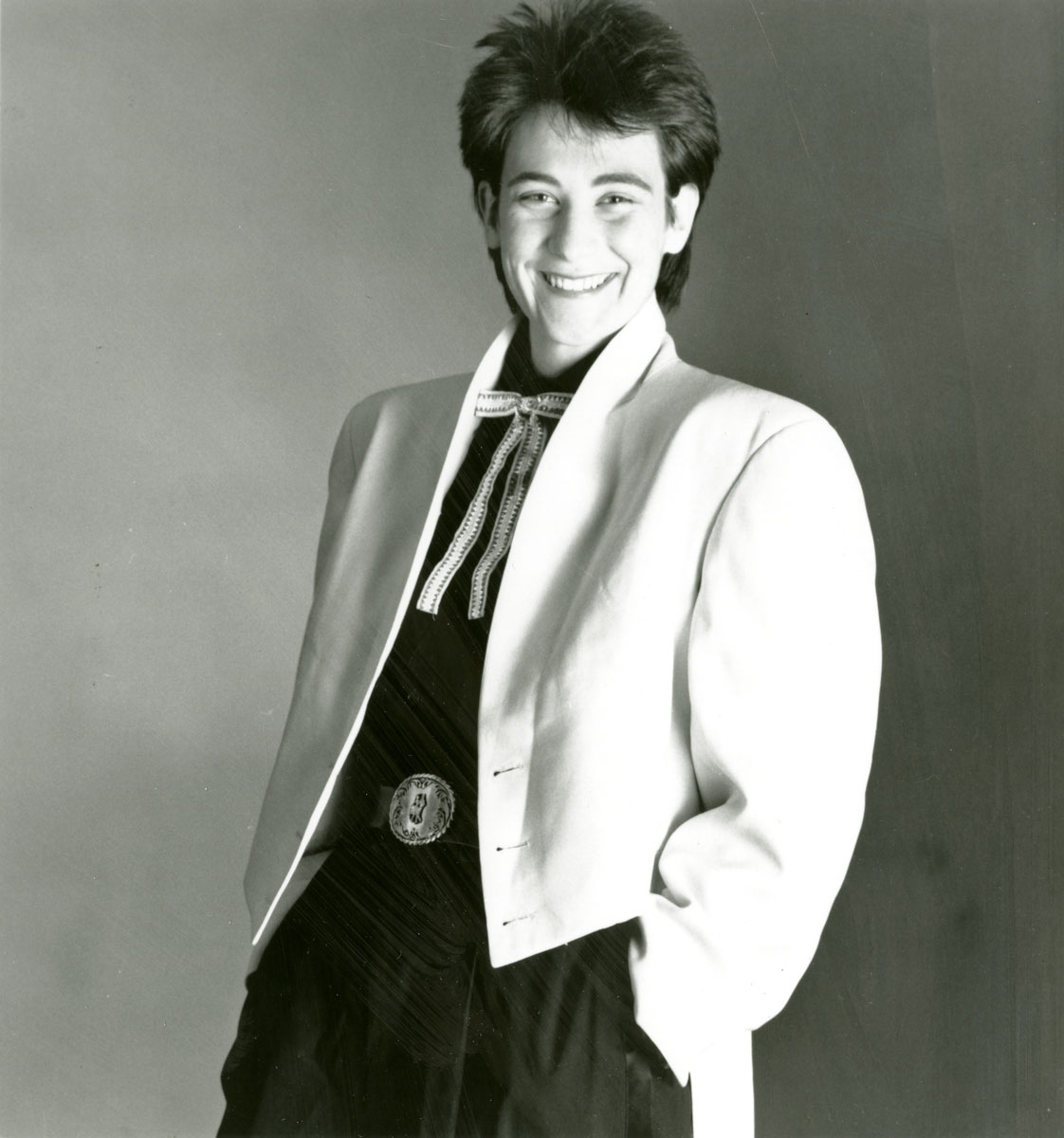
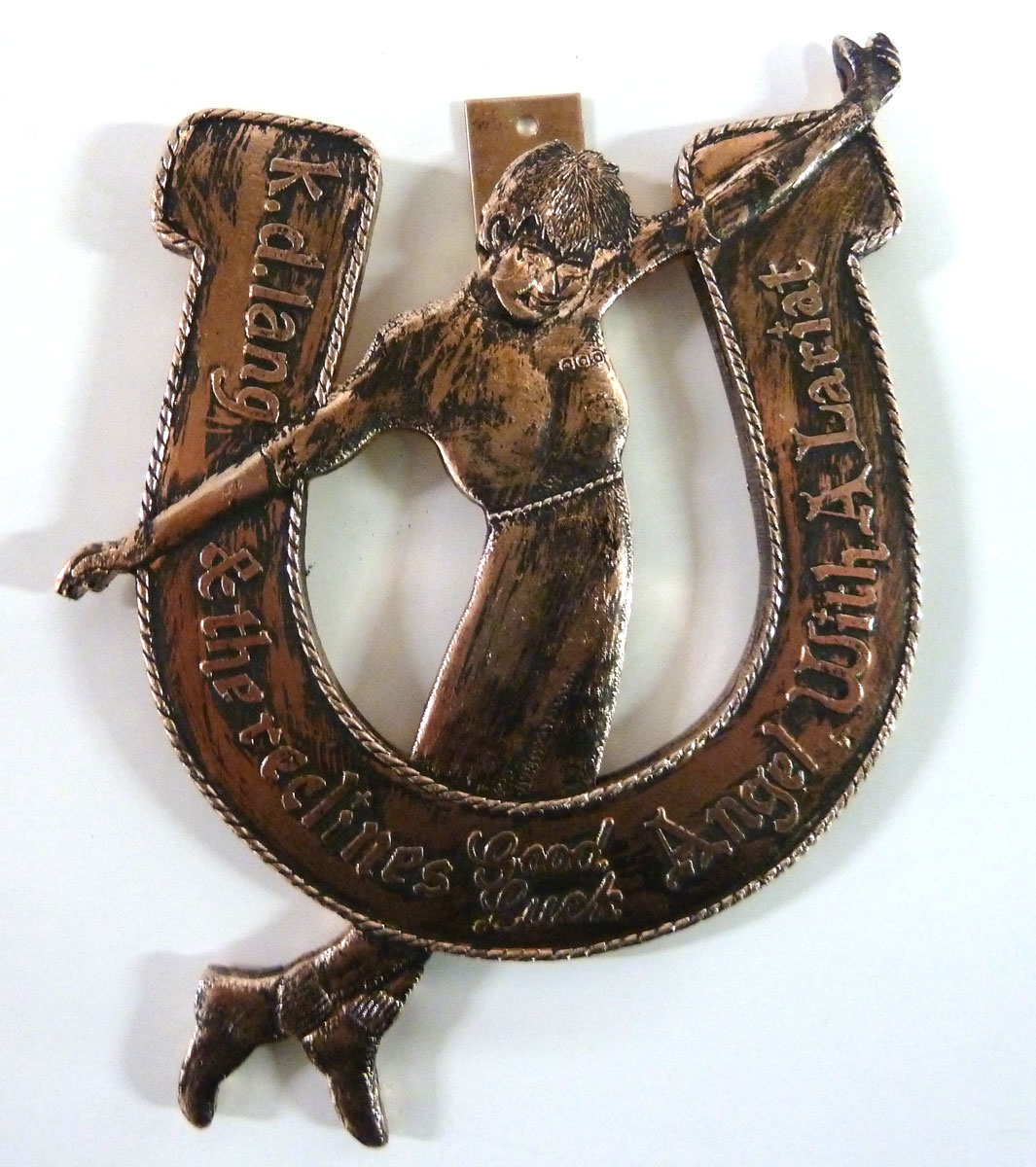
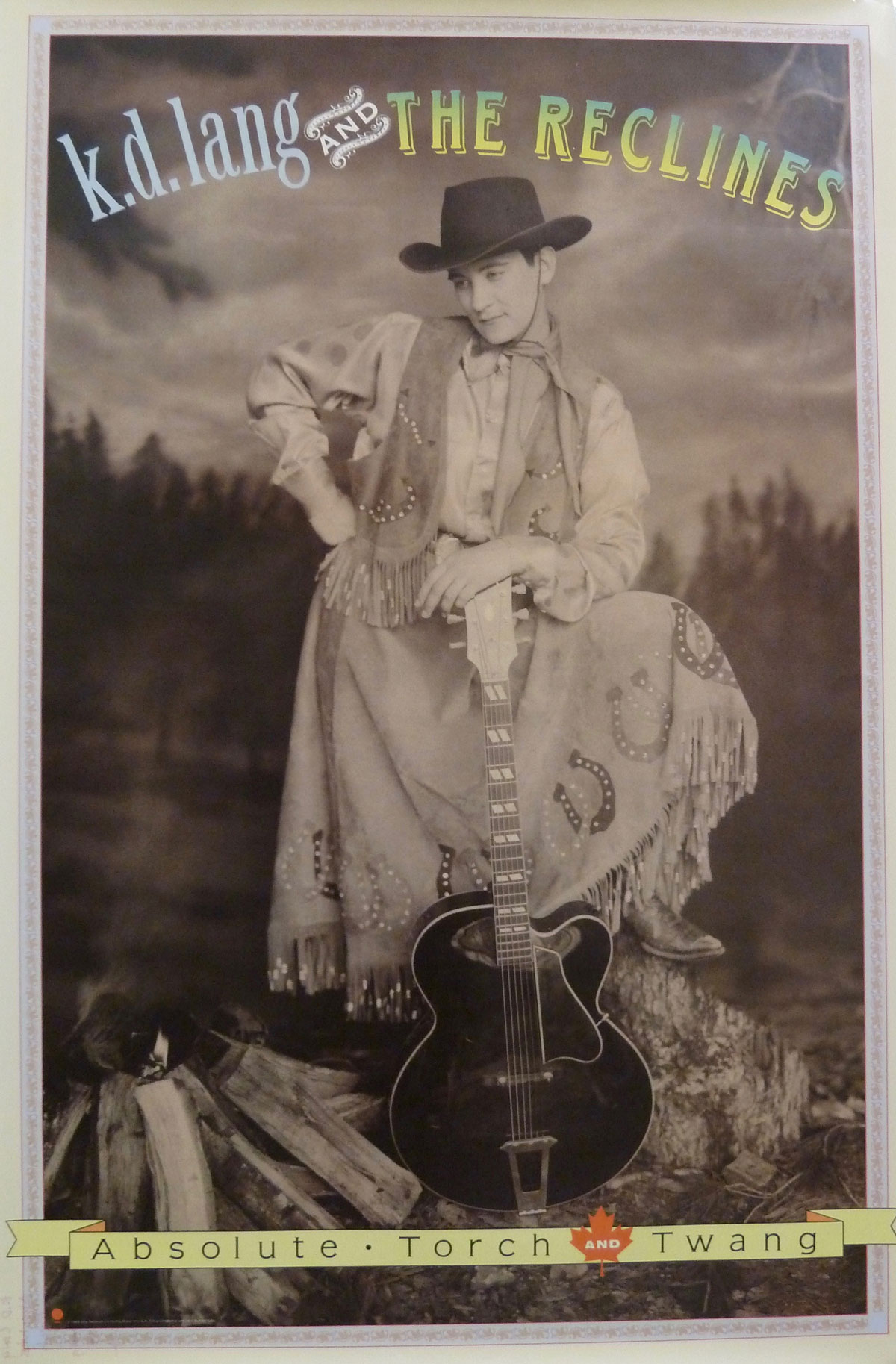
Another great Canadian act on Sire was Barenaked Ladies, a fine bunch of talented young men with a great sense of humor. Again, I rushed up to Canada after hearing their little homemade album, which we rereleased and sold 900,000 copies of in Canada alone! My fondest memory was the signing ceremony for the Ladies, which took place at the town hall in their hometown of Scarborough, just outside Toronto.
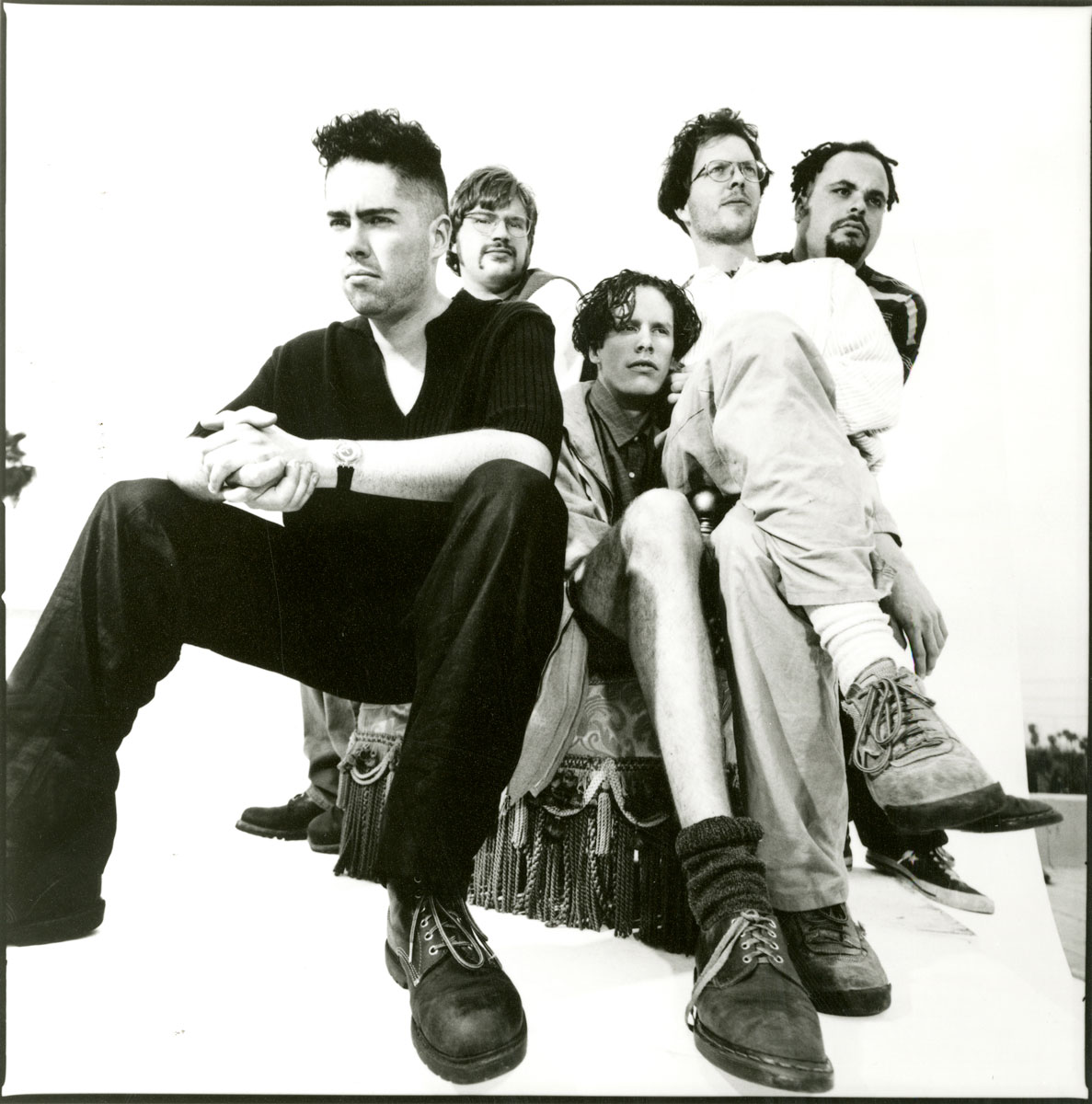
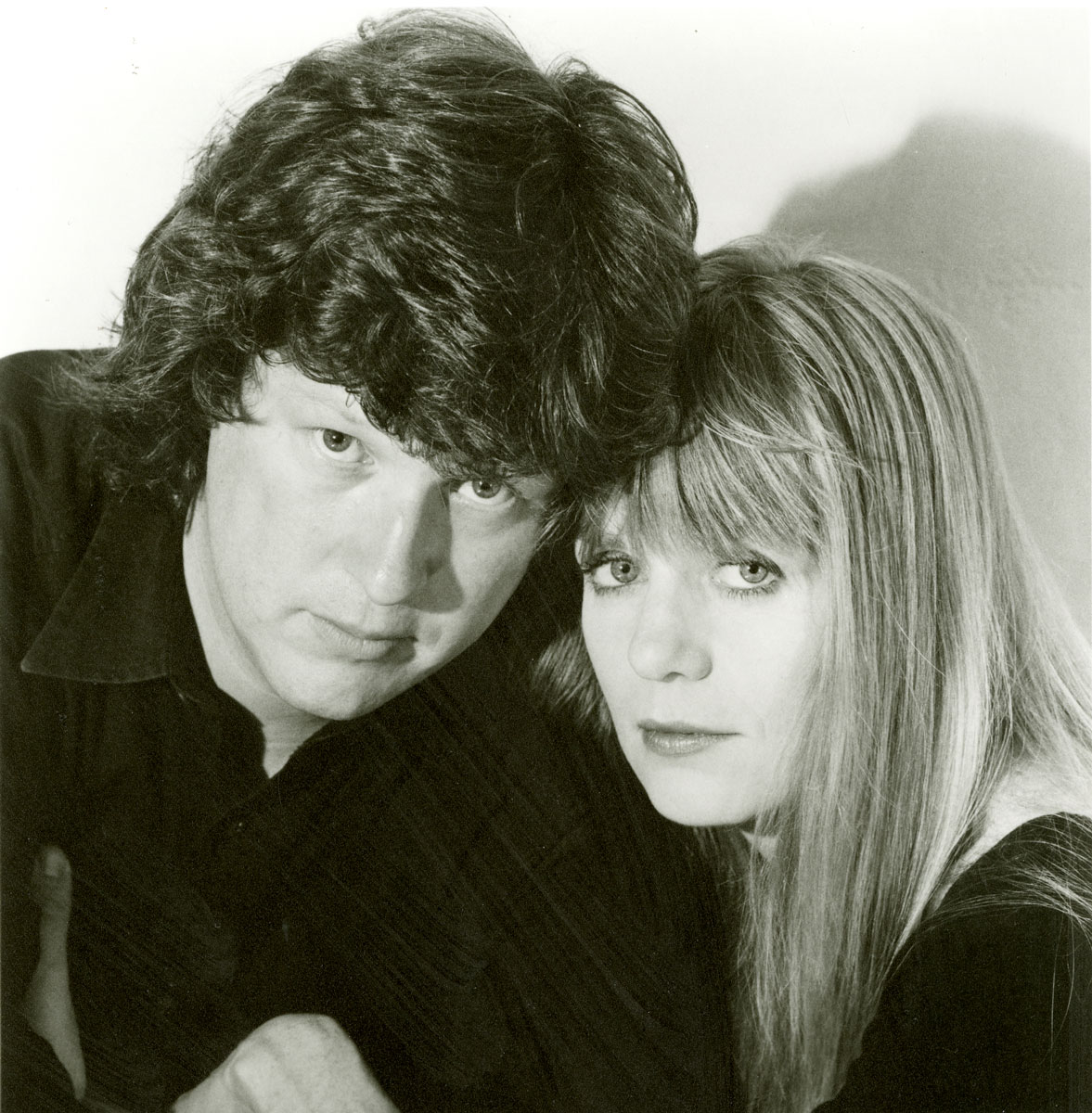
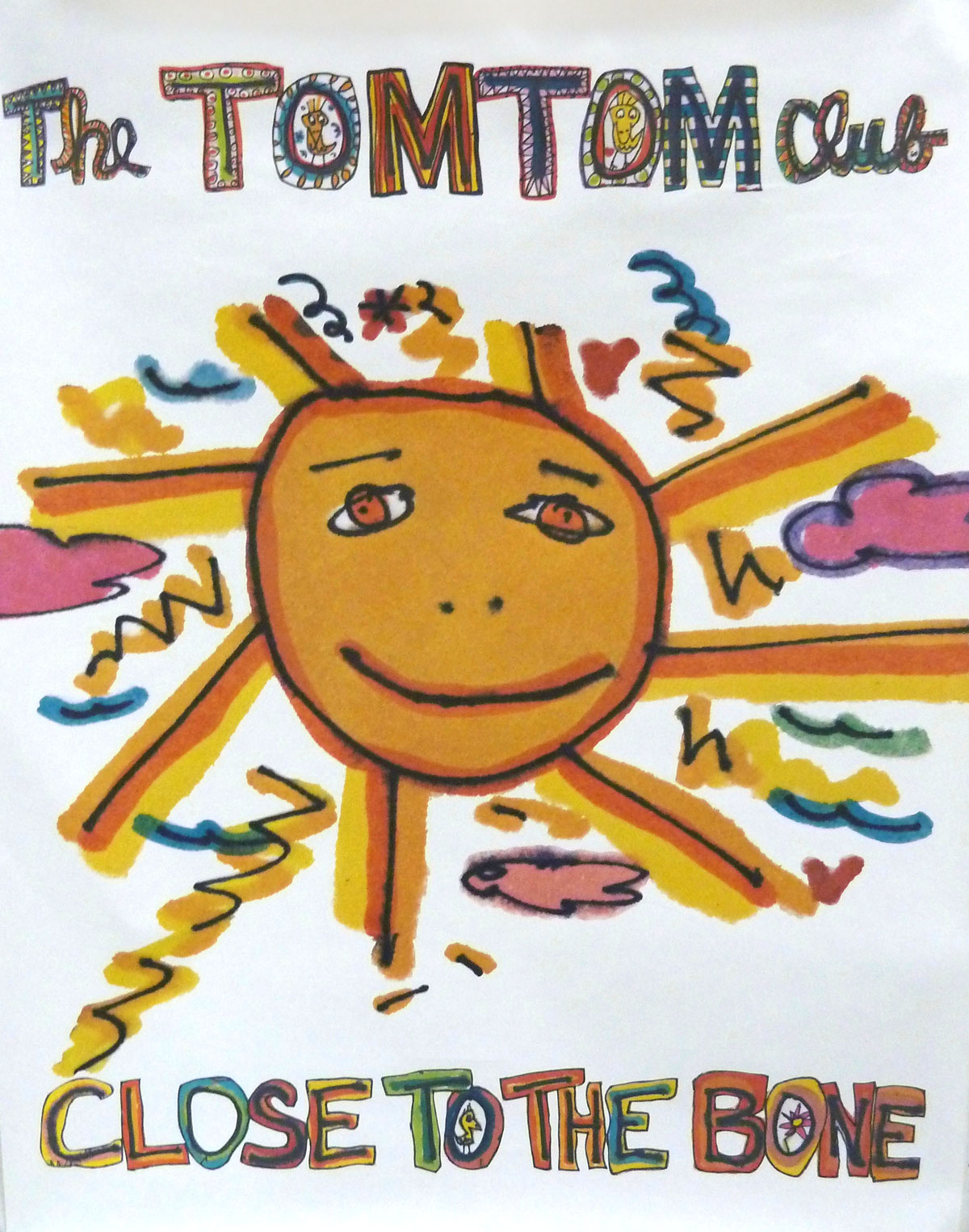
During my long association with Warner Music Group, I was usually under the umbrella of Warner Bros. Records. However, there was a brief spell when Sire was affiliated to Elektra. Under this arrangement, I immediately signed Tom Tom Club, and their marvelous album nearly went Platinum.
I am sure everyone knows the story of how I signed Madonna from my bed at Lenox Hill Hospital in NYC. What people may not remember is that she was first brought to my attention by DJ Mark Kamins, to whom I had given some money so he could record some demos for artists he liked. Mark had great taste as a DJ . . . the best, and I knew that taste would carry over to unsigned artists as well. Mark also brought artists Ofra Haza and Tommy Page to Sire; Tommy would go on to have a #1 record.
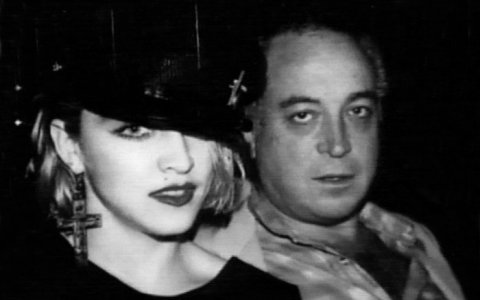
-copy.jpg)
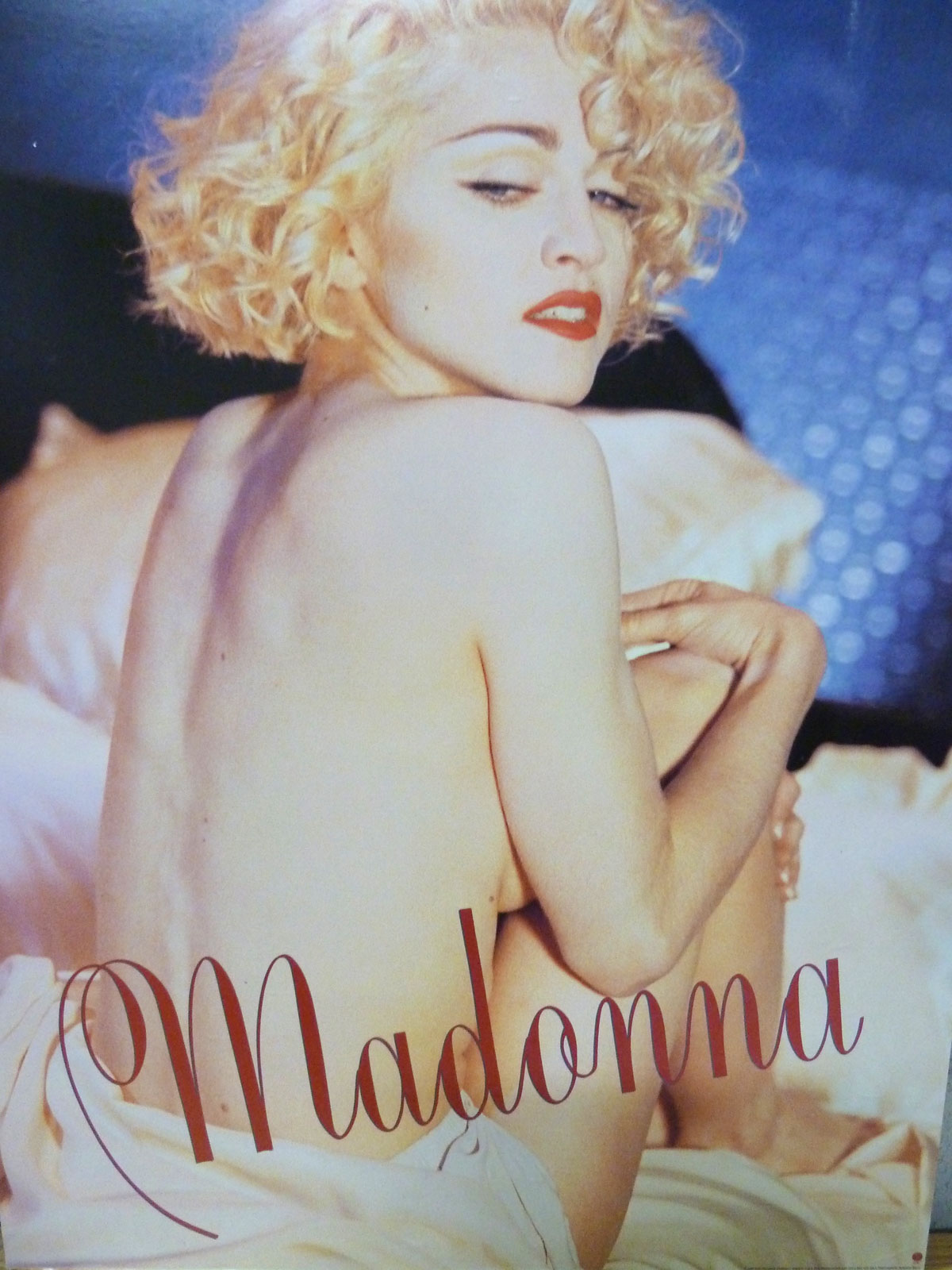
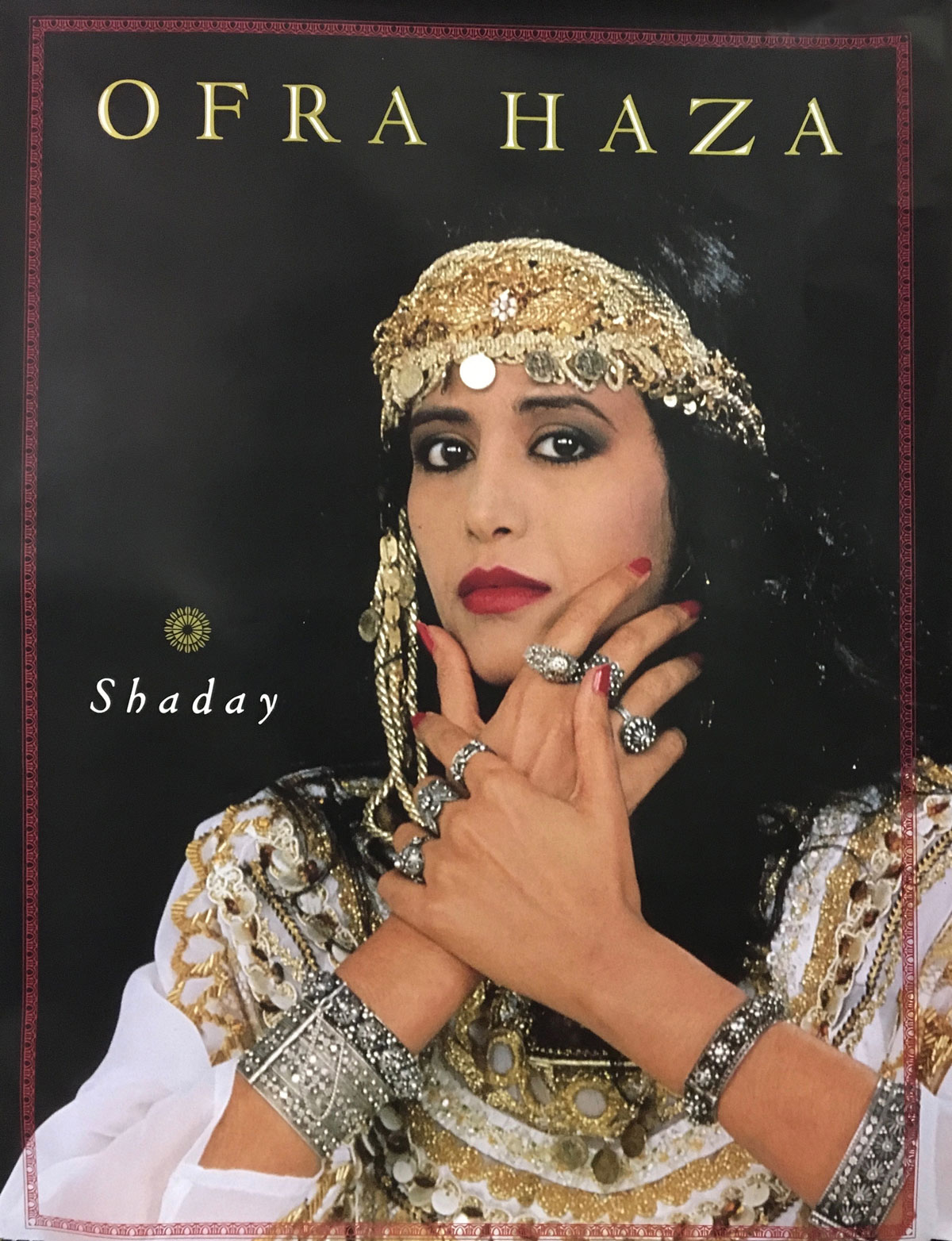
I must also mention Ice-T with great affection. It was a terrible time back when Body Count was released and the world was reacting with so much ignorance to hip-hop. But Ice-T remained positive and intelligent throughout. That’s Ice-T I’m talking about, not lemonade.
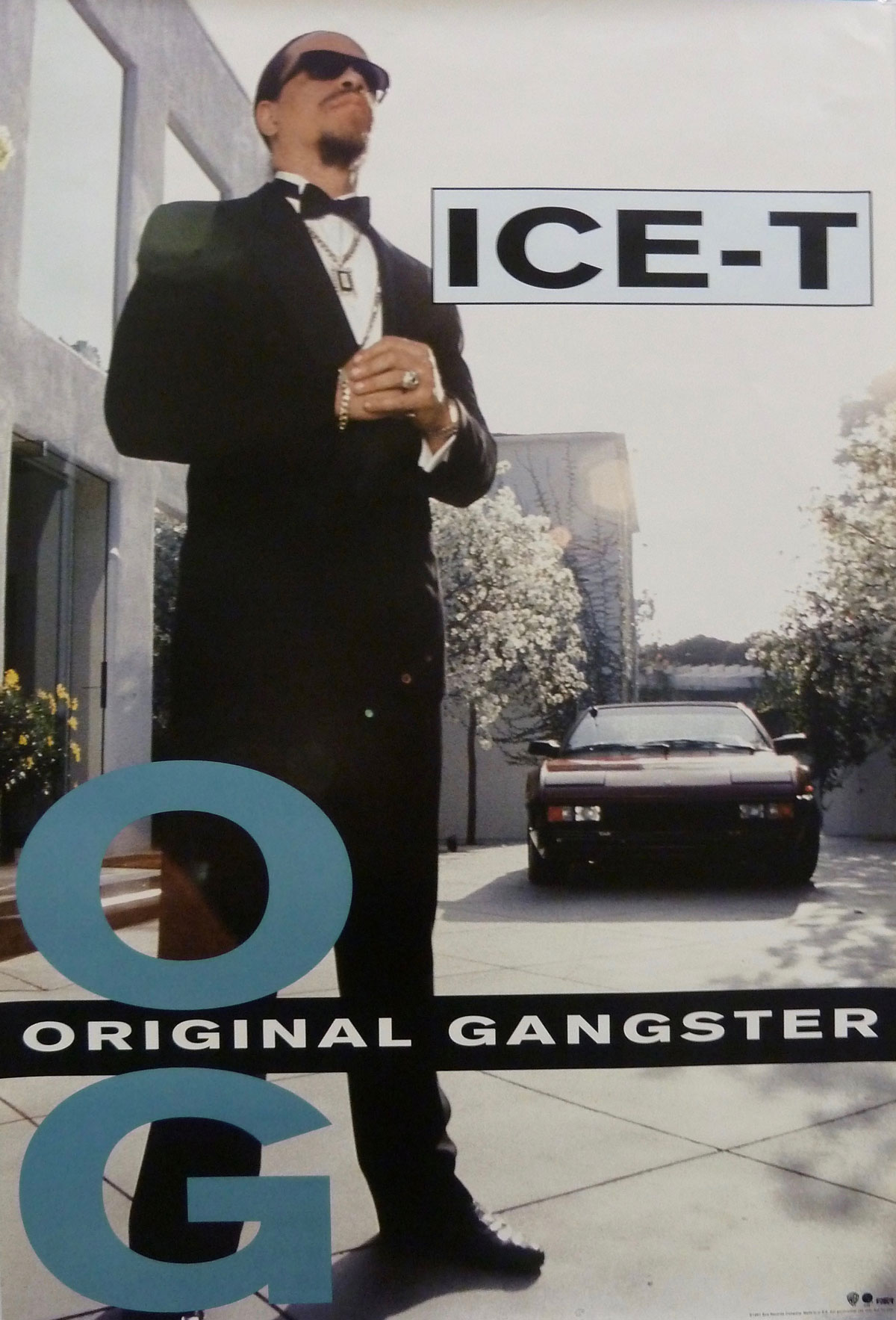
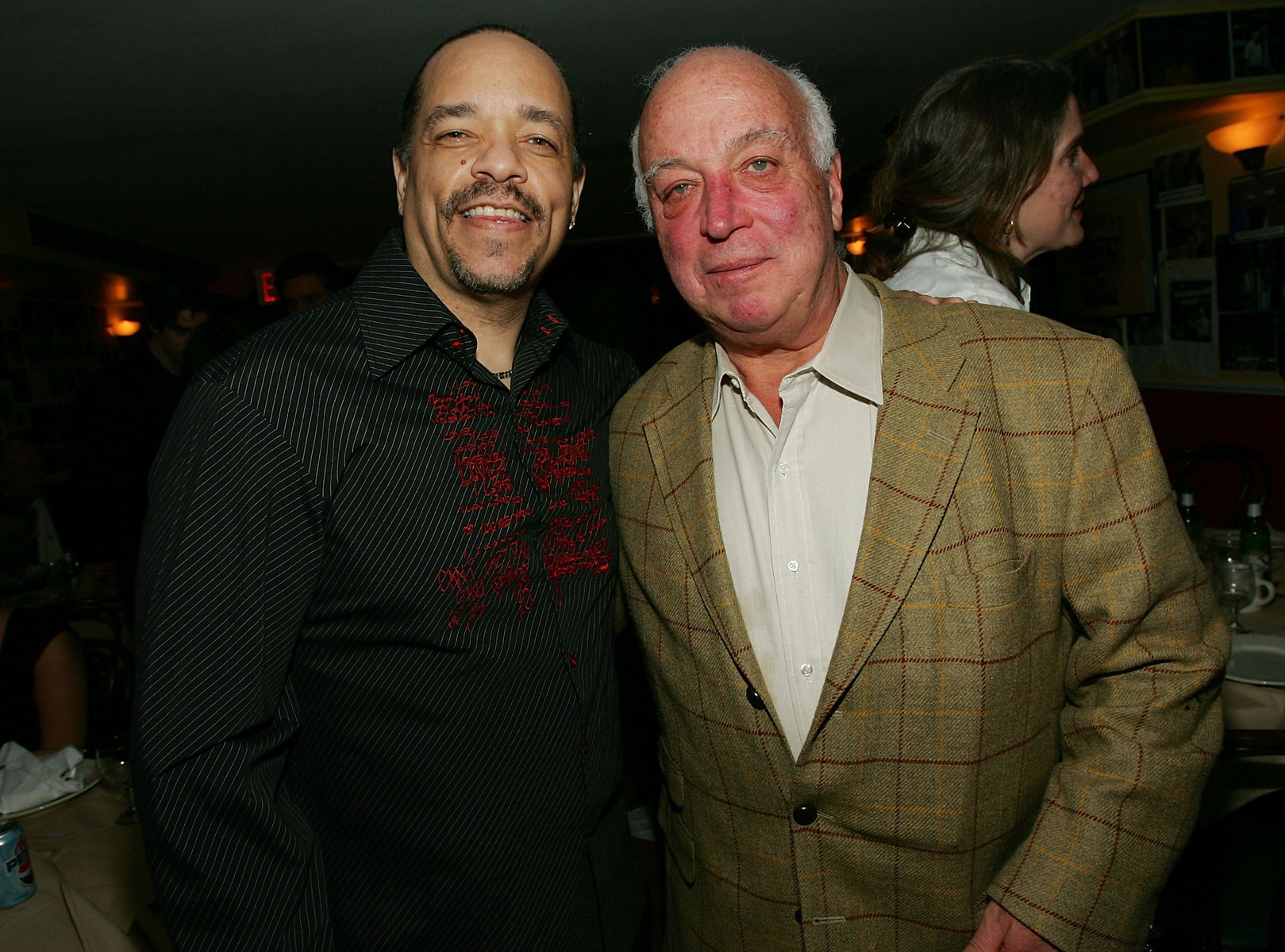
I can’t forget Duncan Dhu. They never really did much in the United States, but Alan McGee and I both fell in love with them, and rather than fight it out, we signed them so that Creation had Europe and Sire had North America. What came out of Duncan Dhu was their label, Dro, run by and partly owned by Charlie Sanchez. A few years later, Warners bought Dro, which is still the #1 record company in Spain.
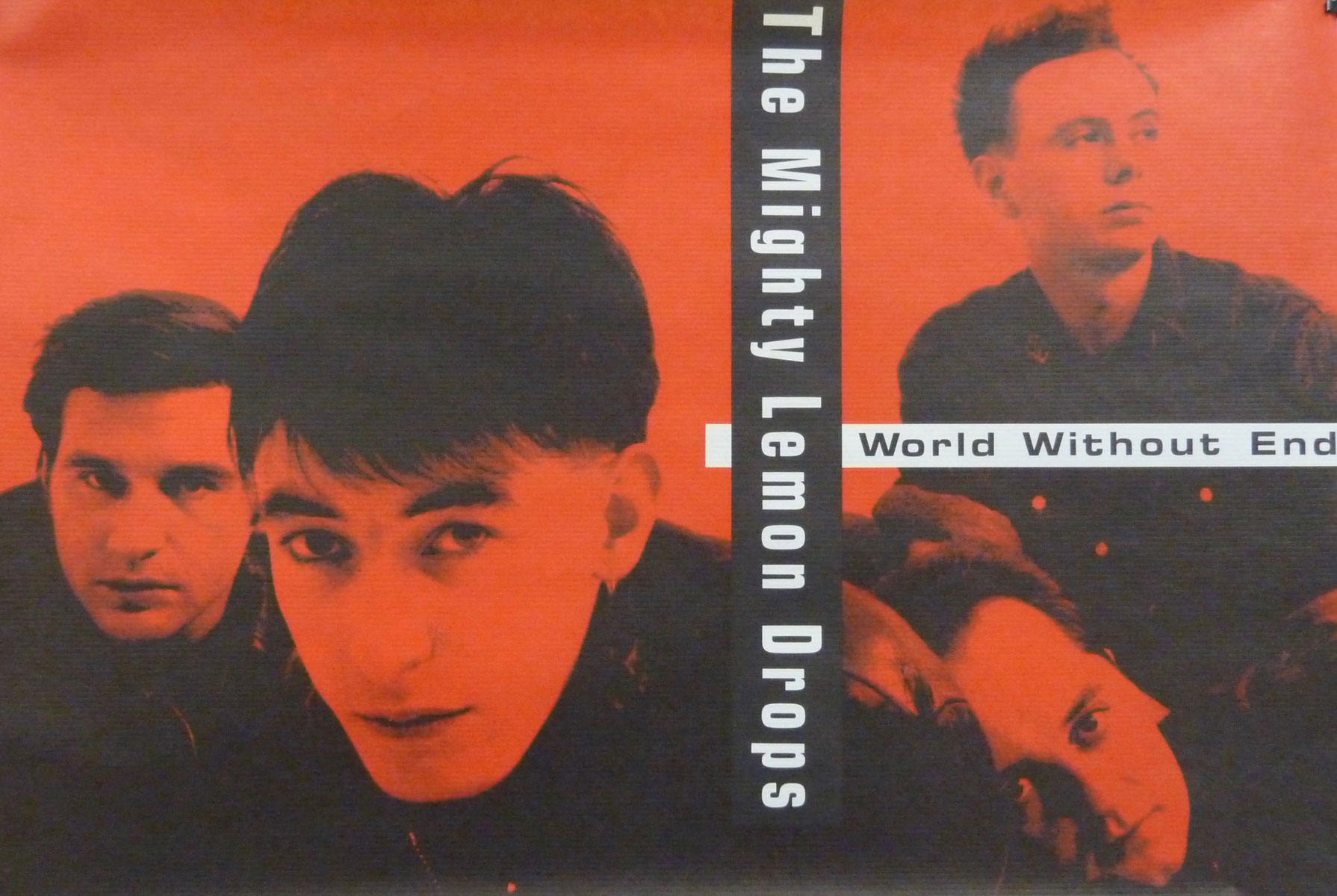
And The Mighty Lemon Drops are sentimental favorites for me because they were the first band managed by Simon Esplen and Cerne Canning. Two great people, both of whom have done well in recent years, and the Mighty Lemon Drops didn’t do badly at all.
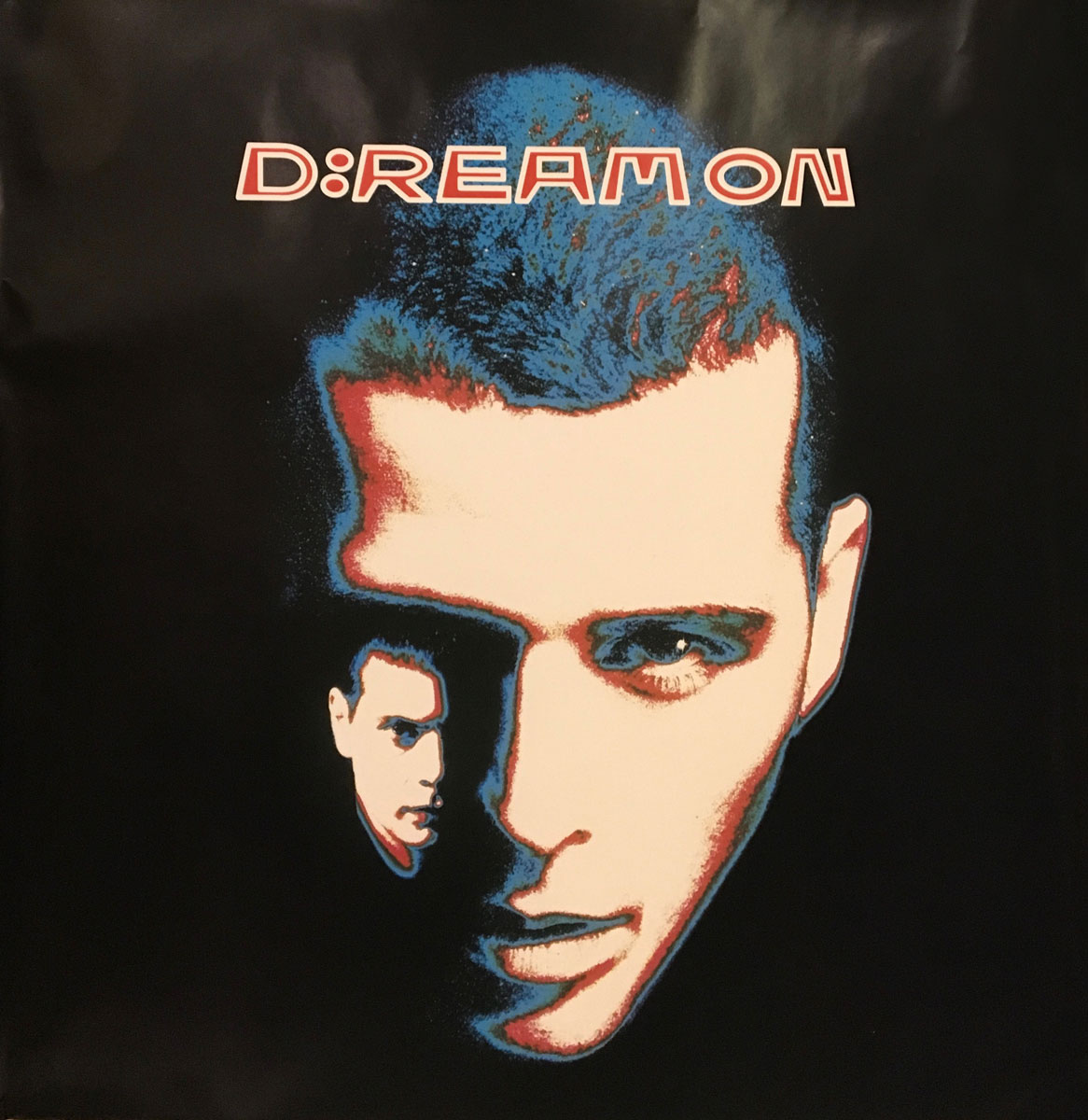
Some other great Sire acts: The group B-Movie, who had big hit called “Nowhere Girl.” Book of Love was with Sire for quite a while and enjoyed some real success. D:Ream, and their song, “Things Can Only Get Better,” contributed to putting Tony Blair in office as Prime Minister of the United Kingdom. Men Without Hats’ “Safety Dance” was a classic. The Farm are known not only for “All Together Now,” but also their connection to recent Sire signing Sugarmen. (A father and son lineage).
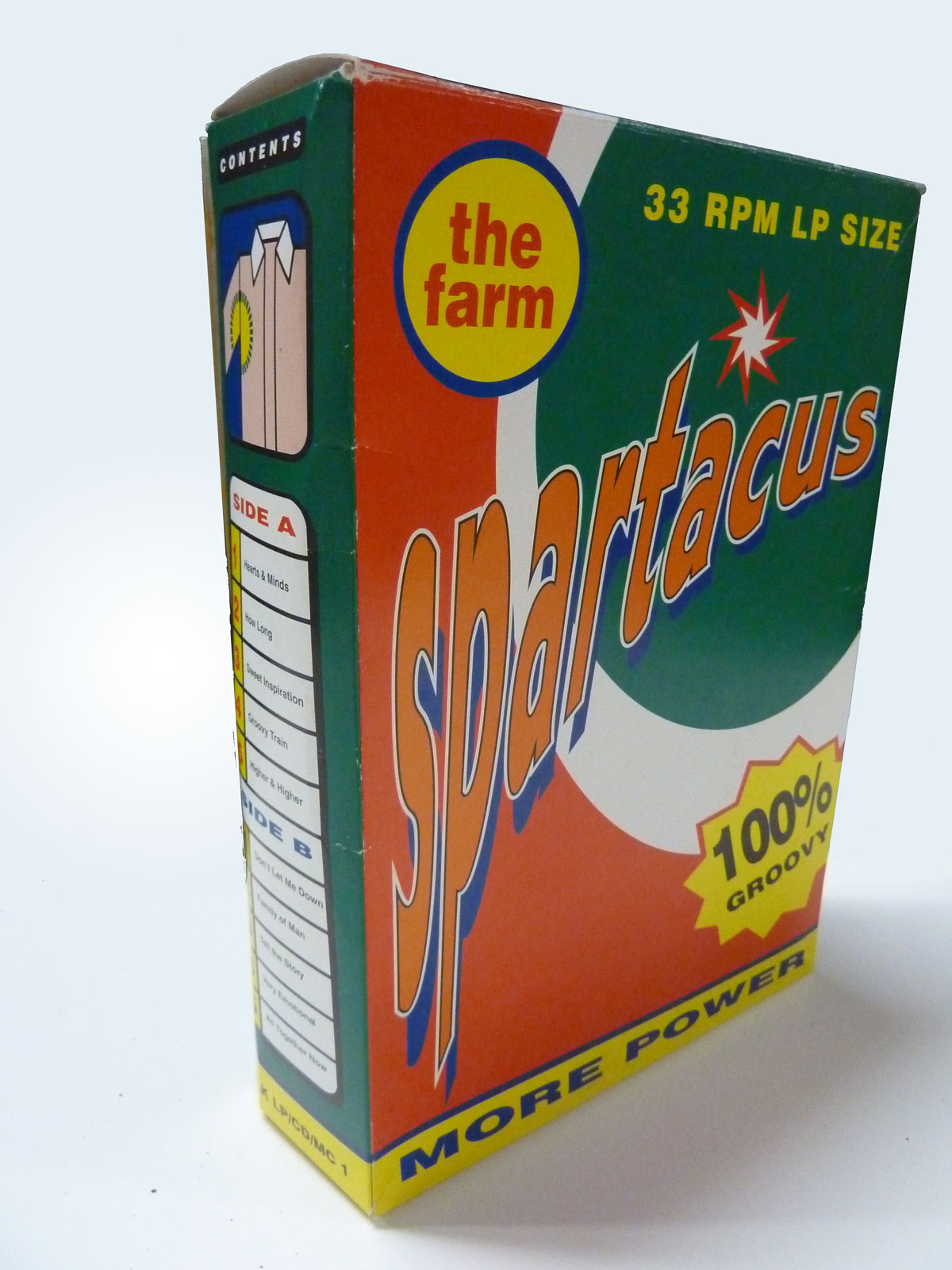
Ministry: What can I say except that they were a brilliant, classic band.
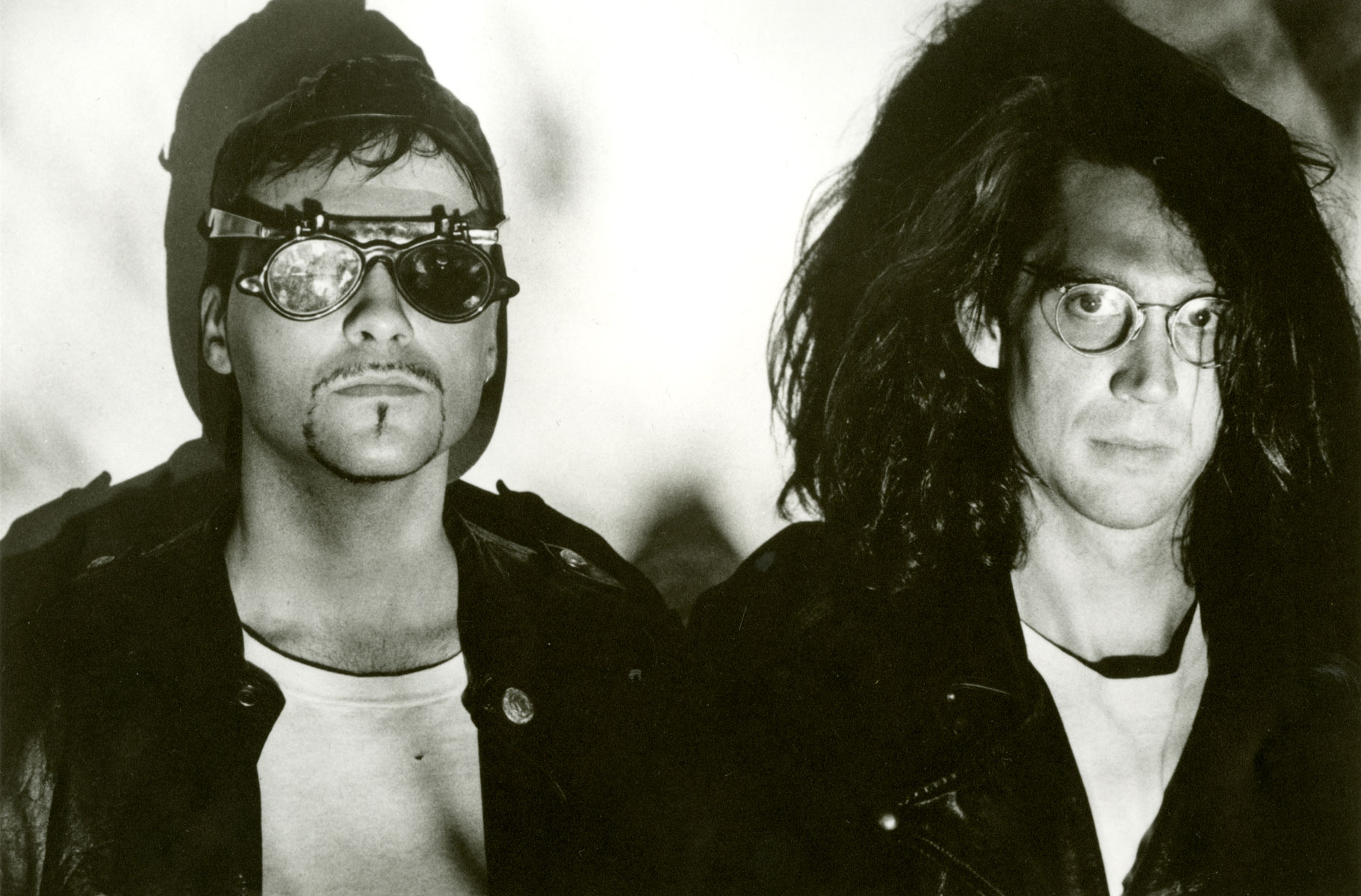
Let’s just call not including Lou Reed in the original notes a major oversight! The same applies to Little Jimmy Scott, who made his best album for Sire, produced by Tommy LiPuma in a career that lasted over 50 years. One of the all-time great Jazz men.
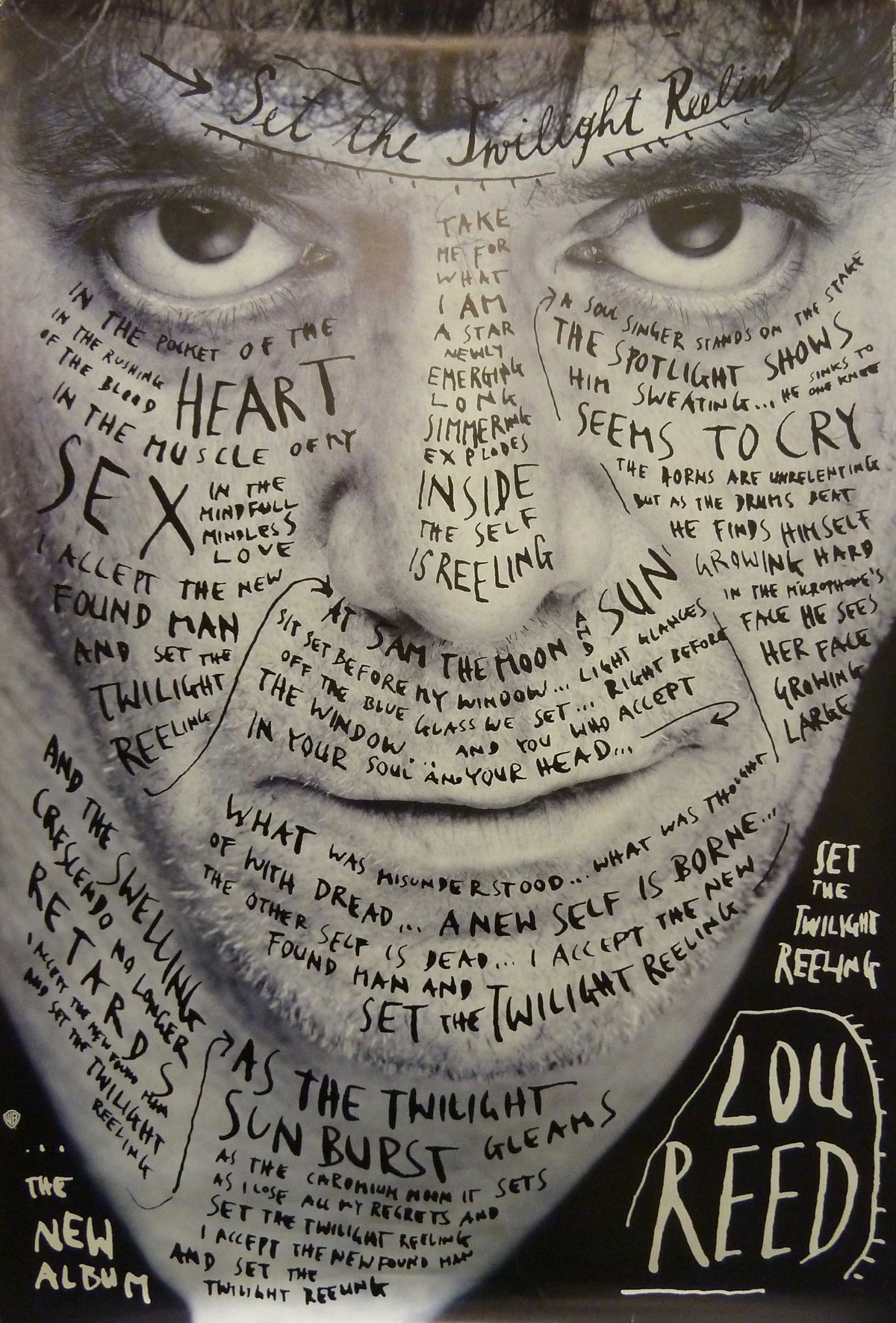
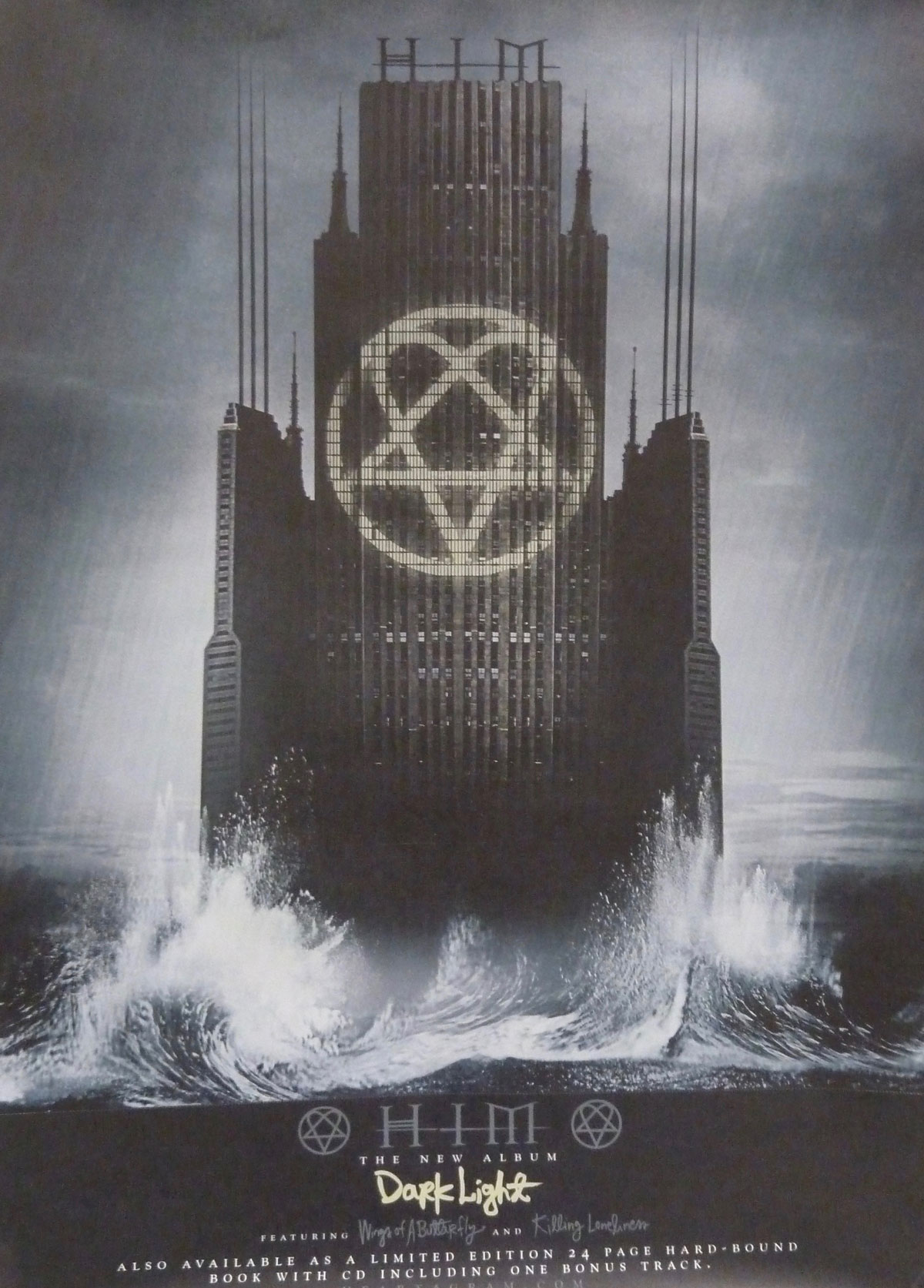
Regina Spektor and Tegan & Sara were both signed to Sire by Michael Goldstone. When Goldie was still wondering if he should sign Regina, he brought me to Brussels to see her live and I said, “What are you crazy, man? Sign her.” Around this time, Sire also signed HIM—whose first album with us, I believe, went Platinum.
And finally, I am very proud to have signed Cyndi Lauper after all these years. I would have signed her much, much earlier had it not been for some confusion when Warner Bros. Records thought she was still part of Blue Angel.
I’ve always been a positive thinker, and have kept so much of the bad out of my mind. I’ve always thought of myself as being very lucky, having been able to do what I love most for most of my life.
In writing this and remembering the wonderful, wonderful times I have had, and the fabulous memories I will cherish forever, I am reminded of the first paycheck I ever received from Billboard: taking it home on the subway to Brooklyn and showing it to my mother and father and saying, “Can you believe it—they pay for me this!”
I still can’t believe it . . .
—Seymour Stein
